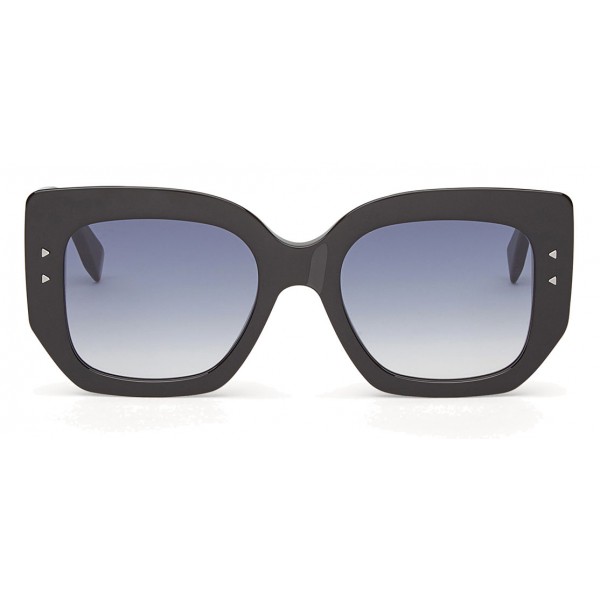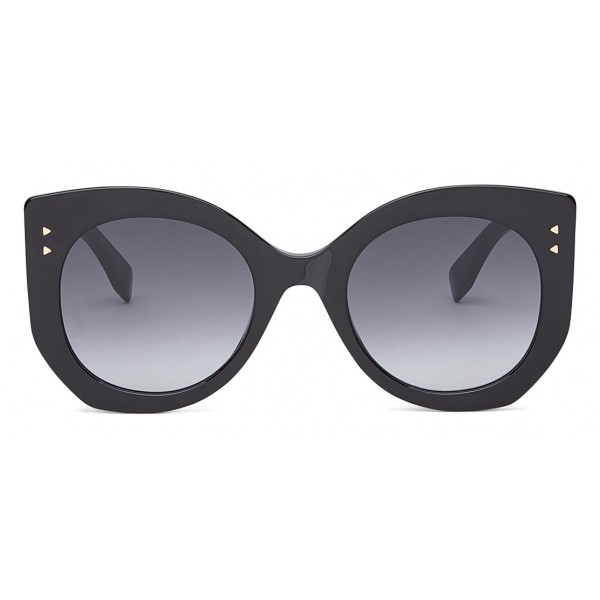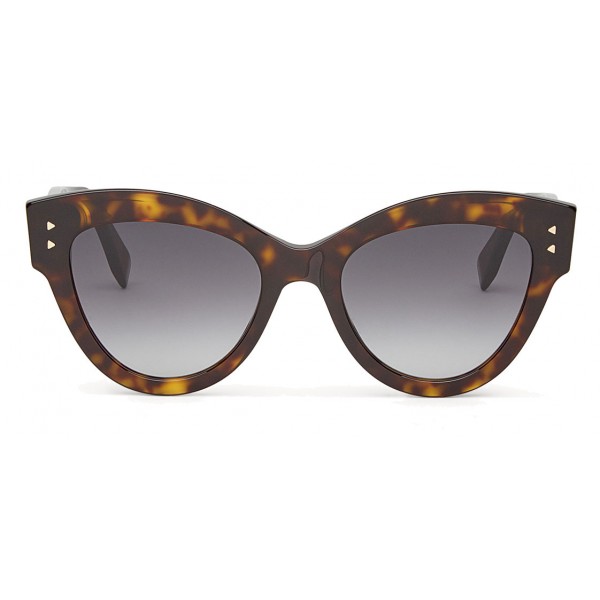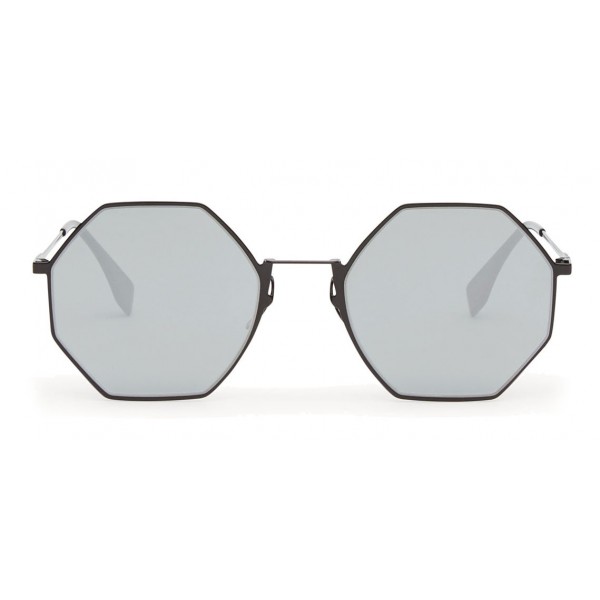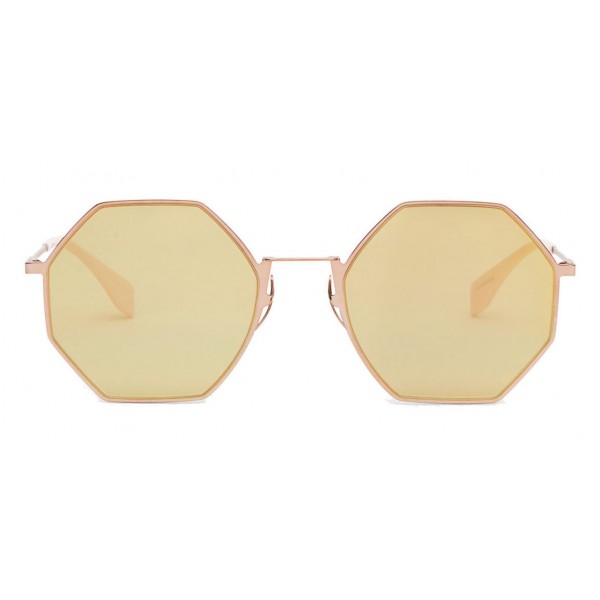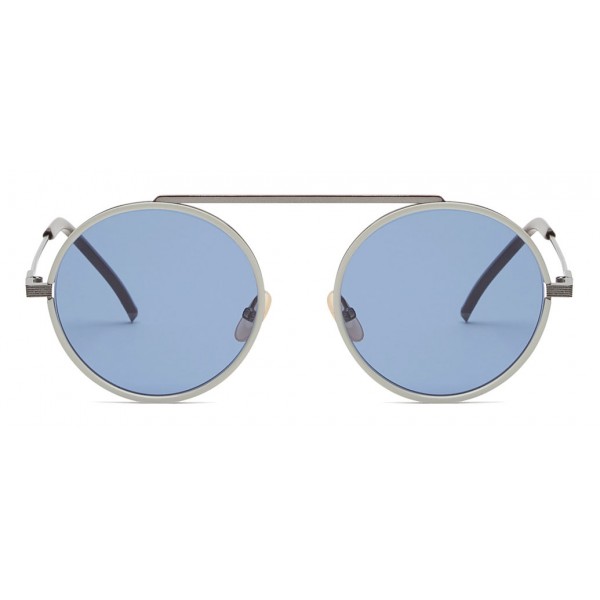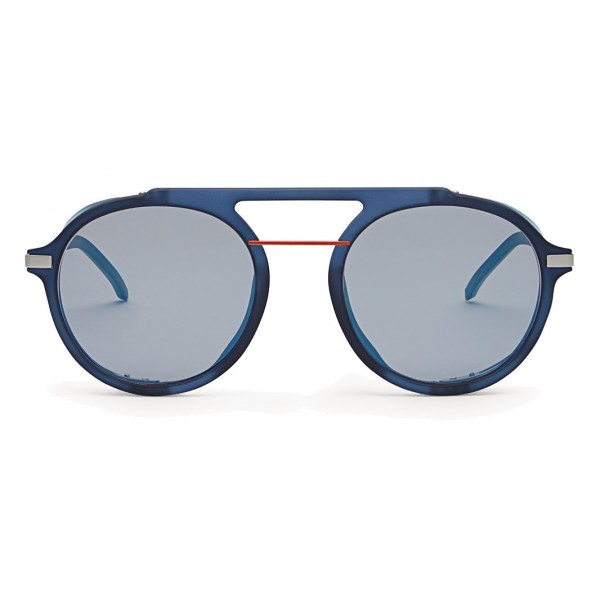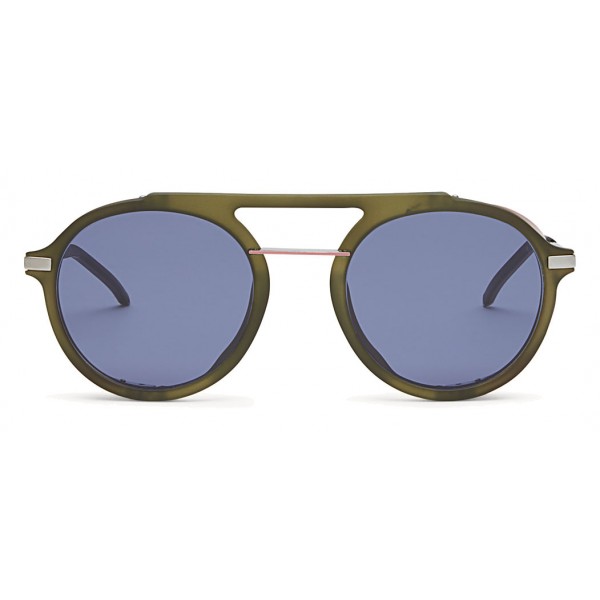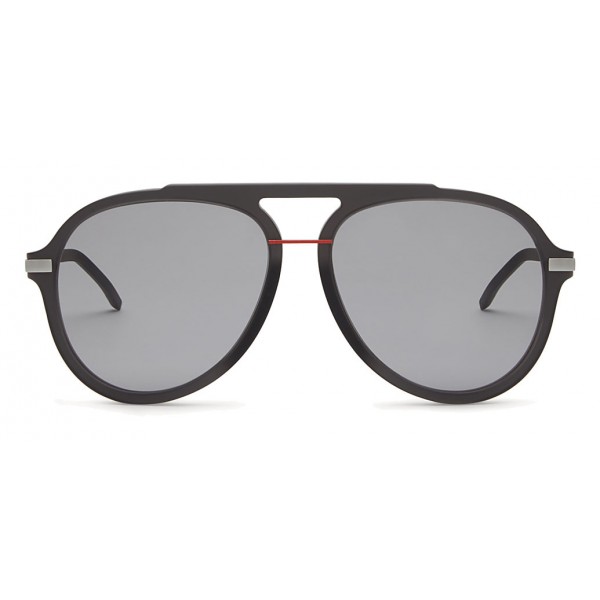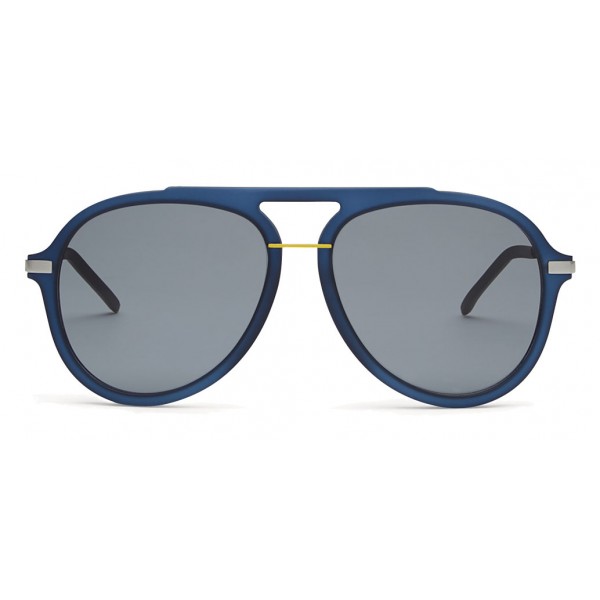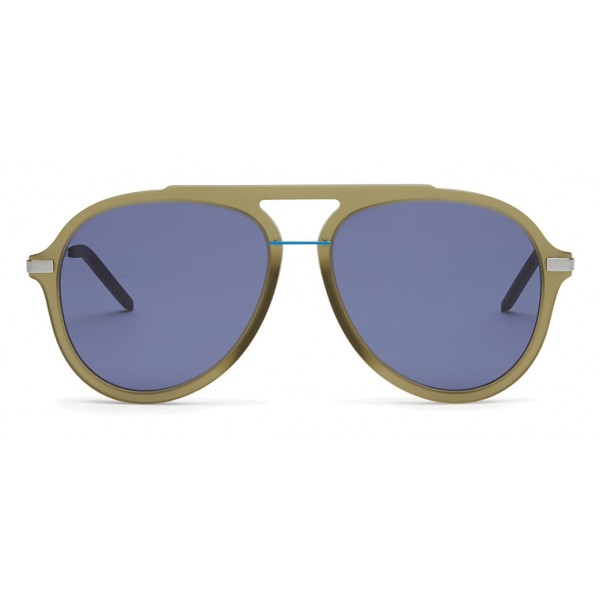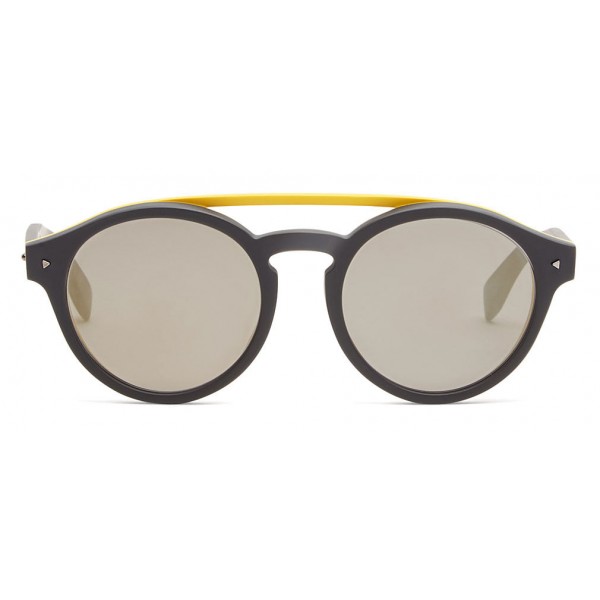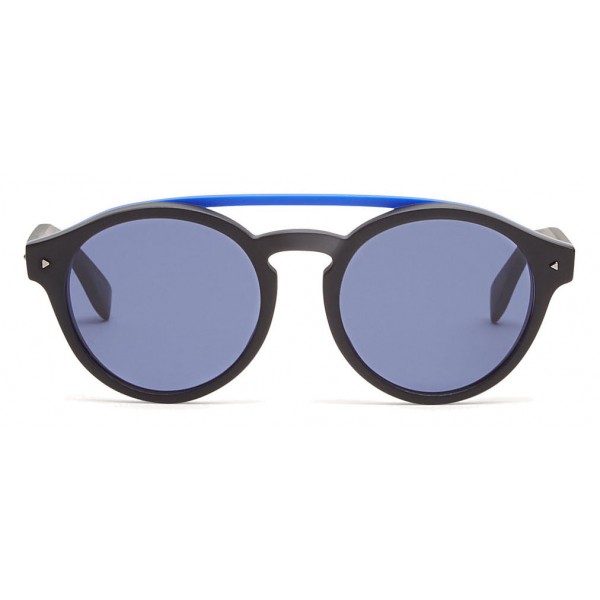No products
Categories
Extra
Fendi
Founded in 1925 in Rome
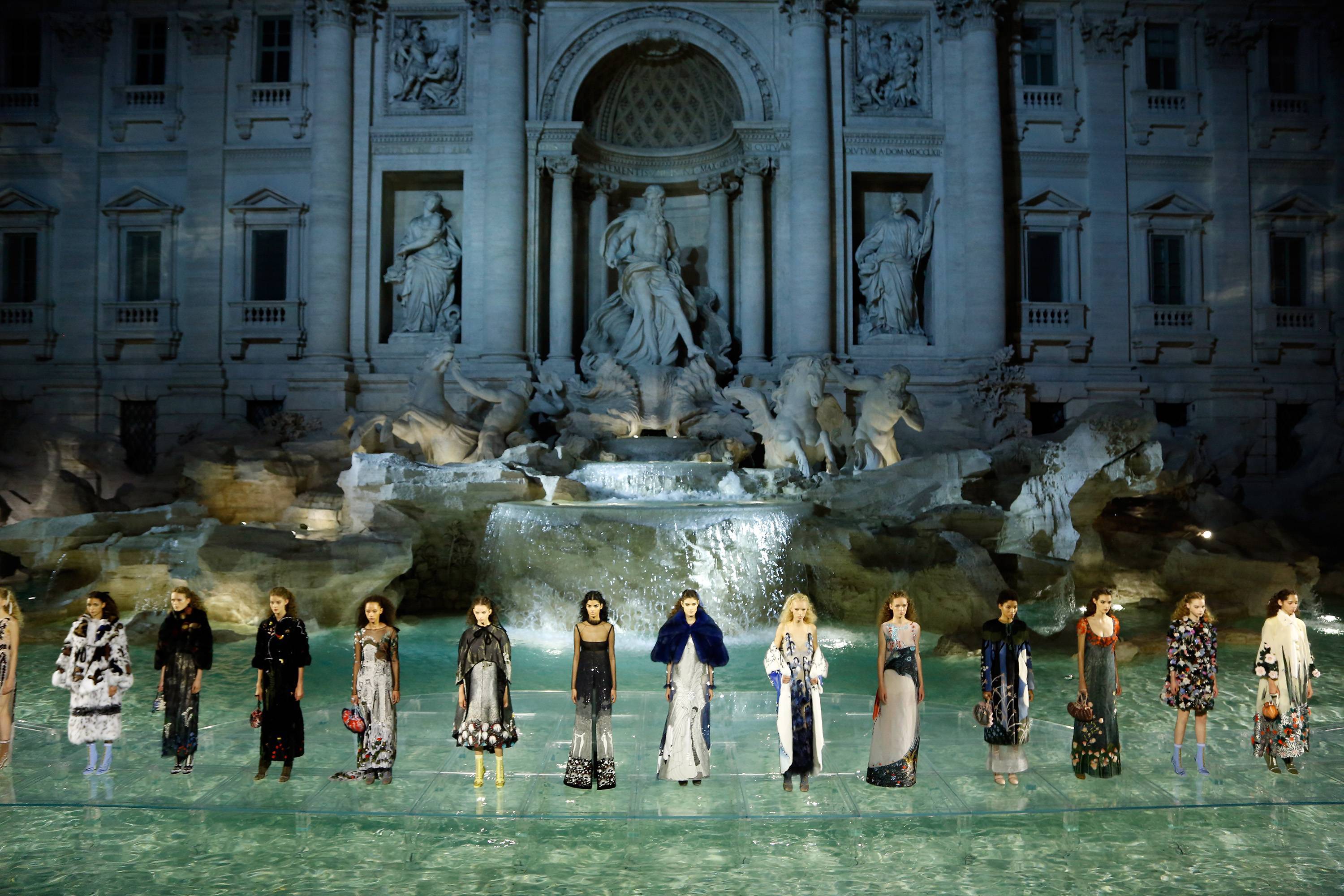
Identity
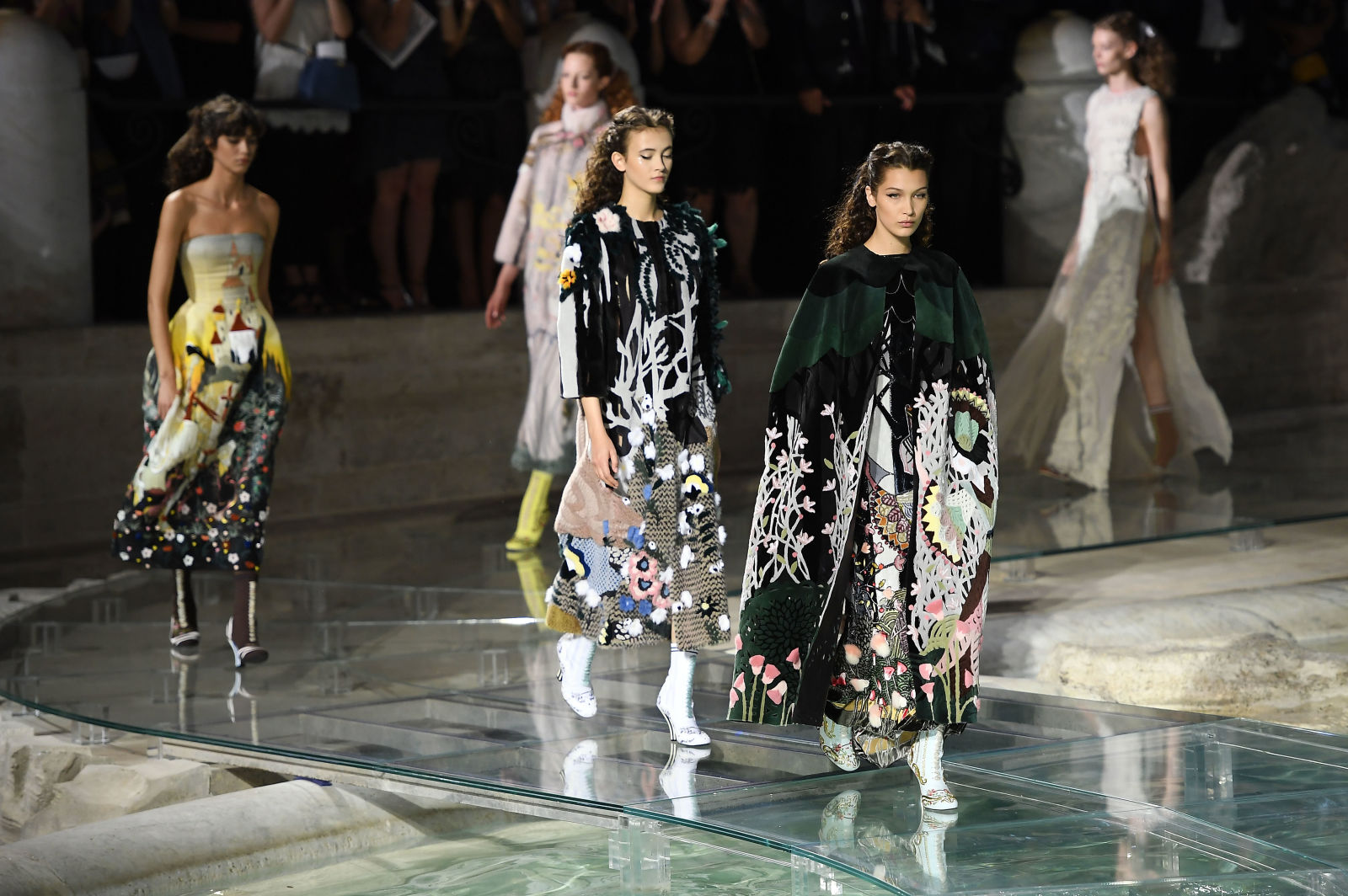
To explain the Fendi fashion house a mathematical theorem would perhaps be necessary, in which tradition and innovation, craftsmanship and freedom of creativity are wisely dosed as a guarantee of a success never taken for granted, following the idea that nothing is impossible. - Silvia Venturini Fendi
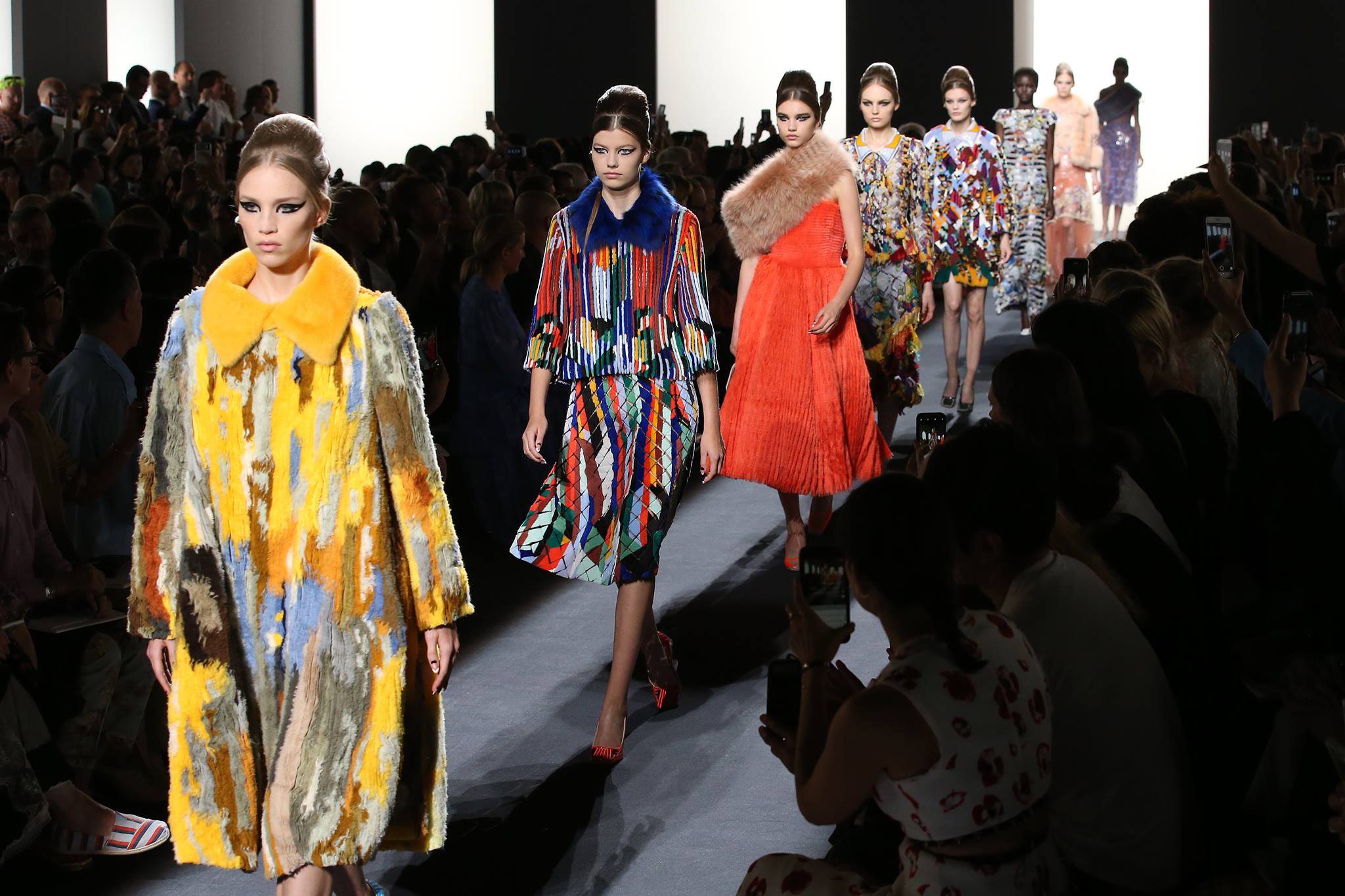
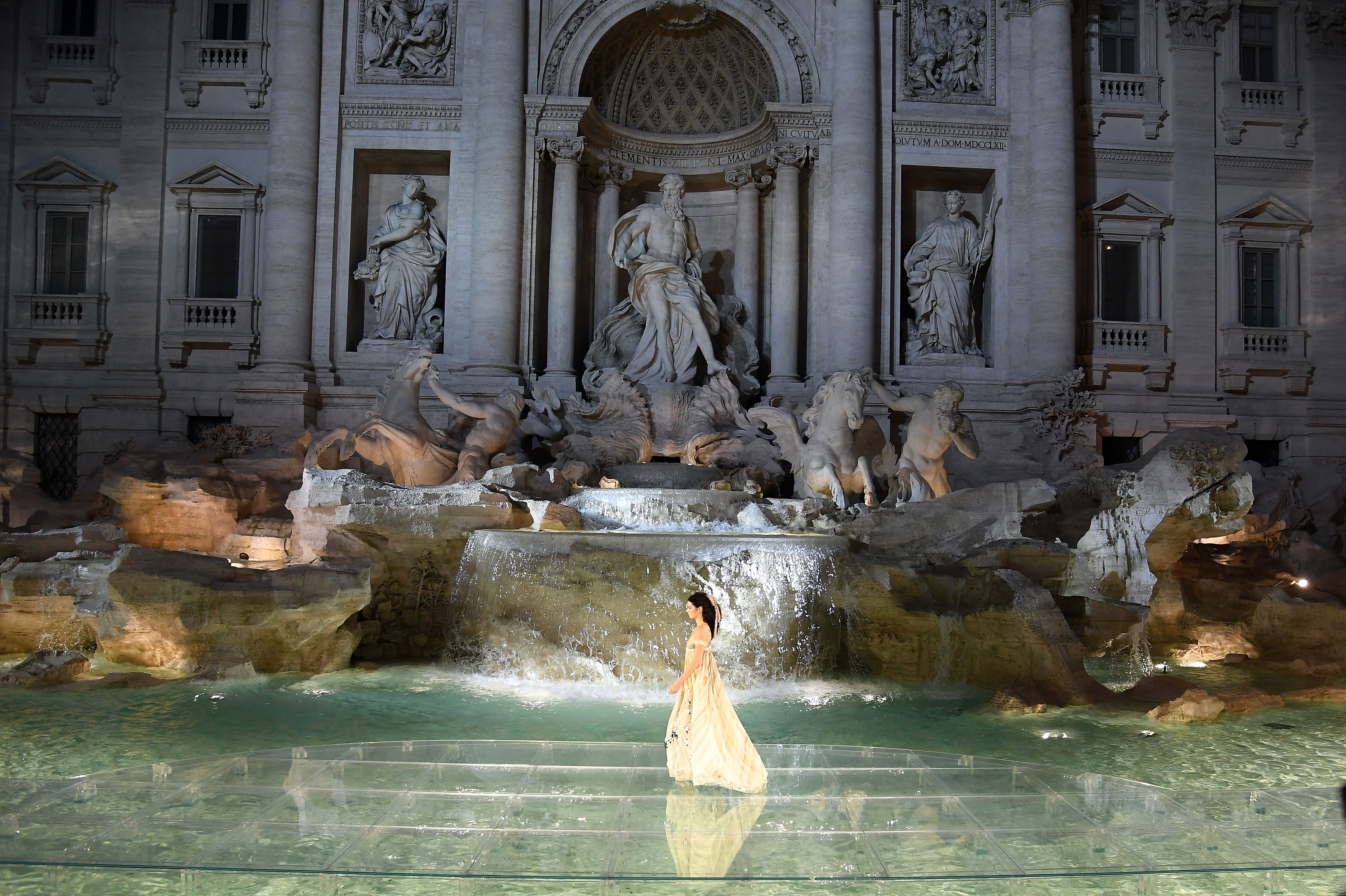
The Fendi adventure began in 1925 on Via del Plebiscito, a busy street whose location in the heart of Rome made it a main thoroughfare used by the transalpine aristocracy.
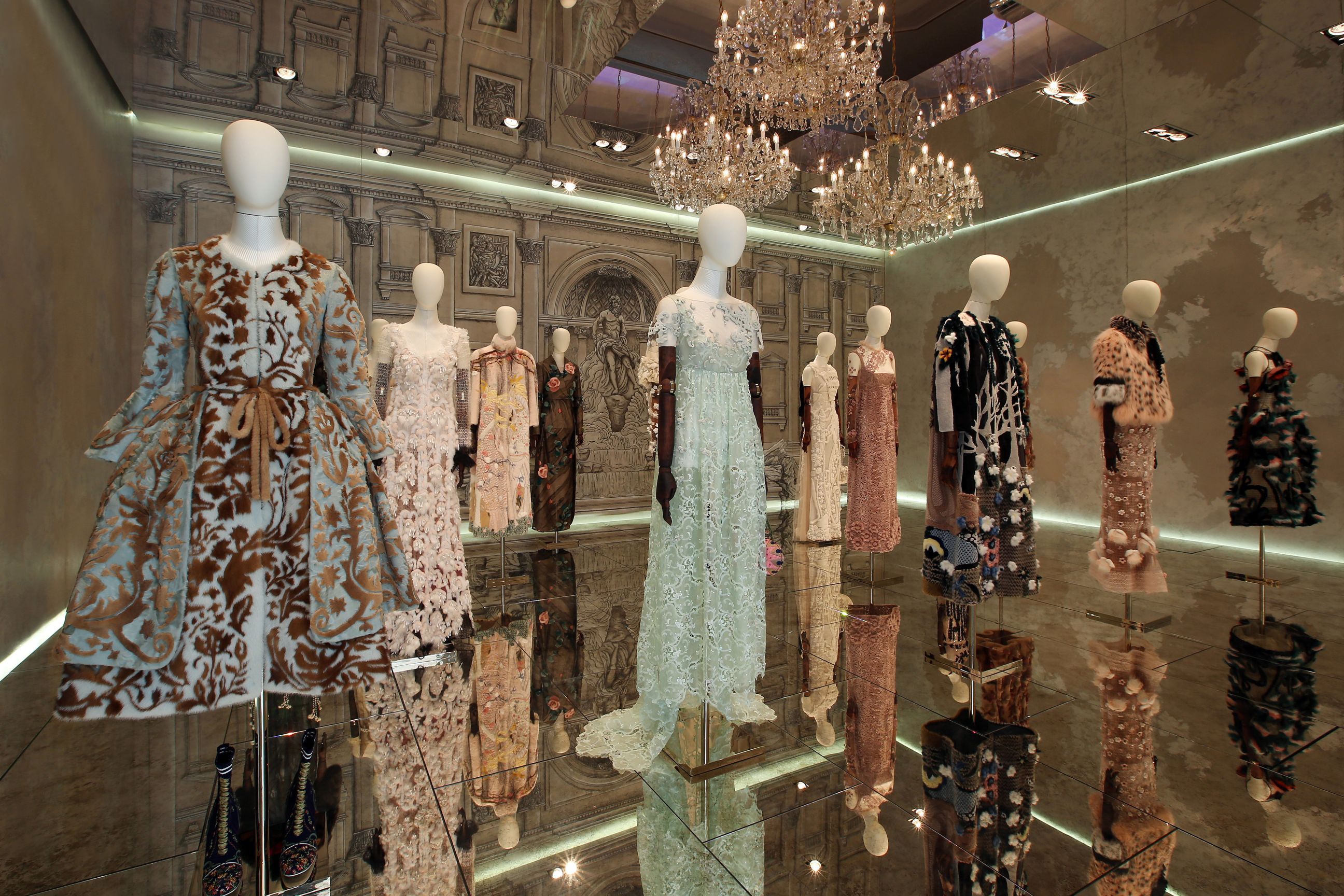
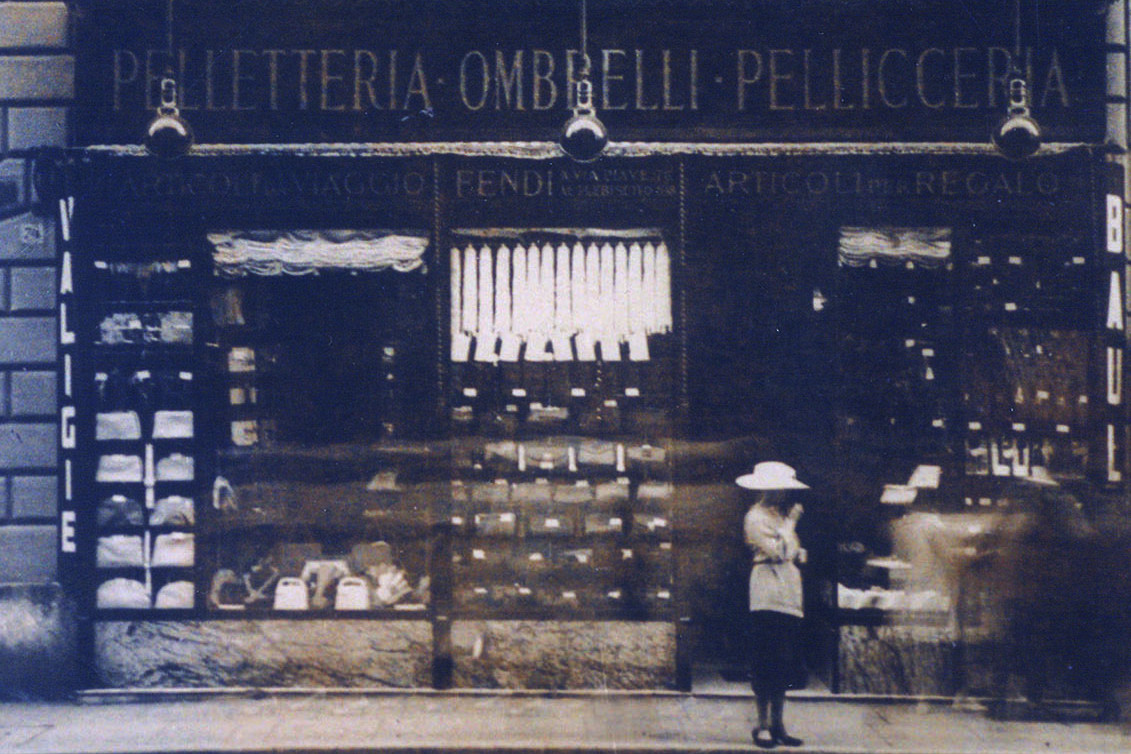
Adele and Edoardo Fendi opened a small and medium leather goods shop and set up what was then a secret fur workshop.
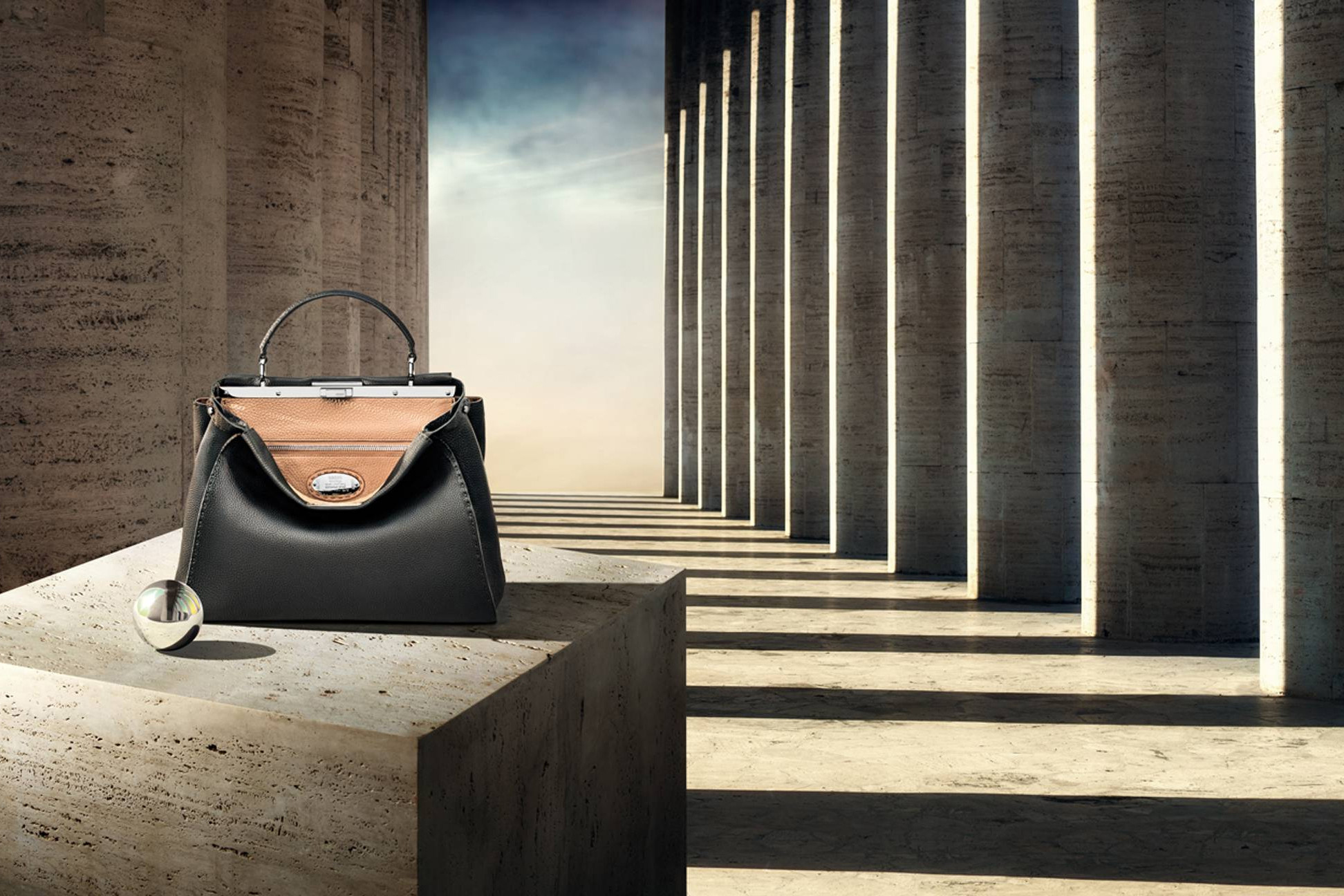

The shop was set in an area through which nobility would ride on their way to excursions by the sea, and Adele, watching the passing carriages, was inspired by the horse’s beautiful saddles and bridles to create a line of handbags using those same techniques.
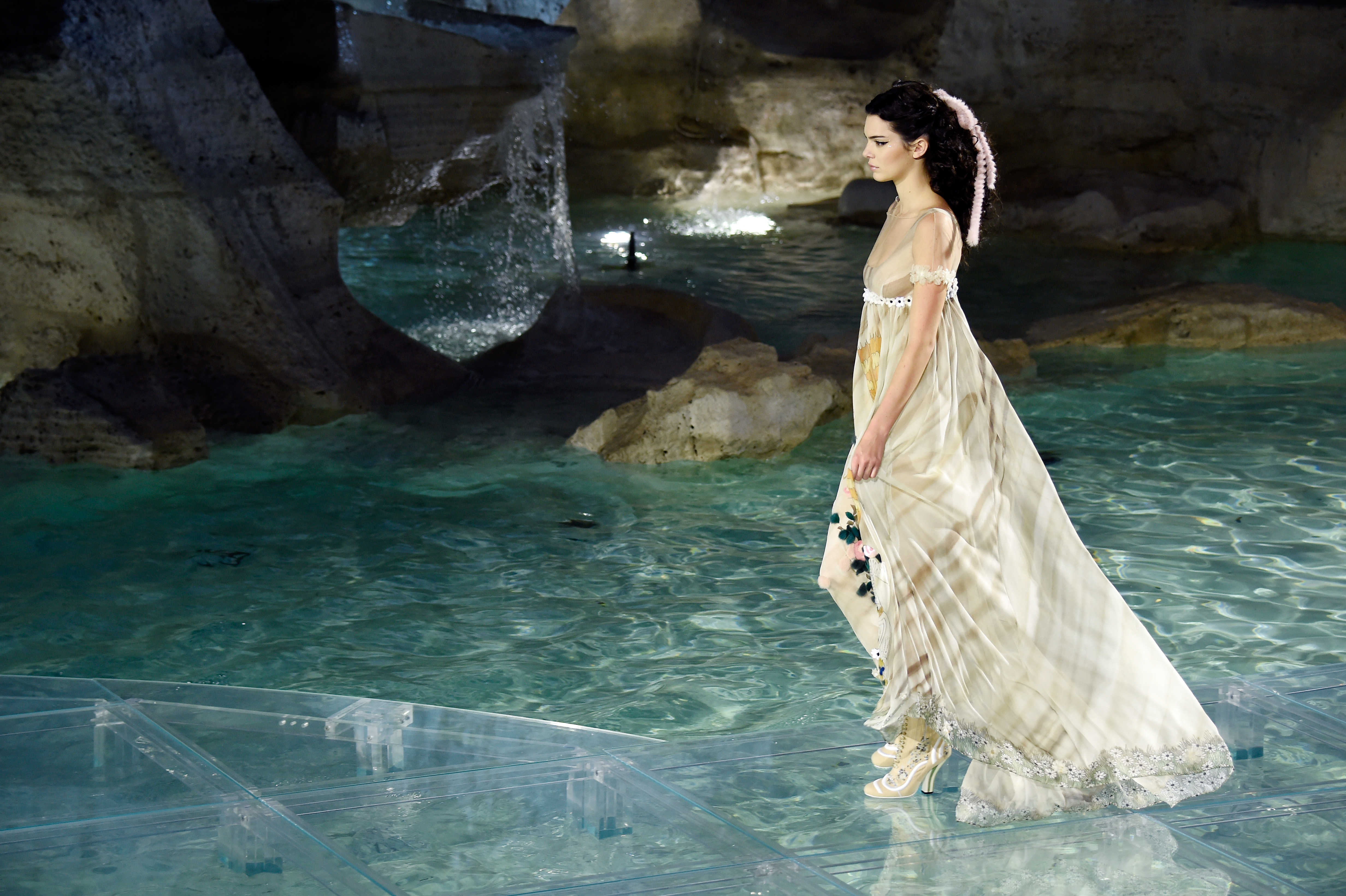
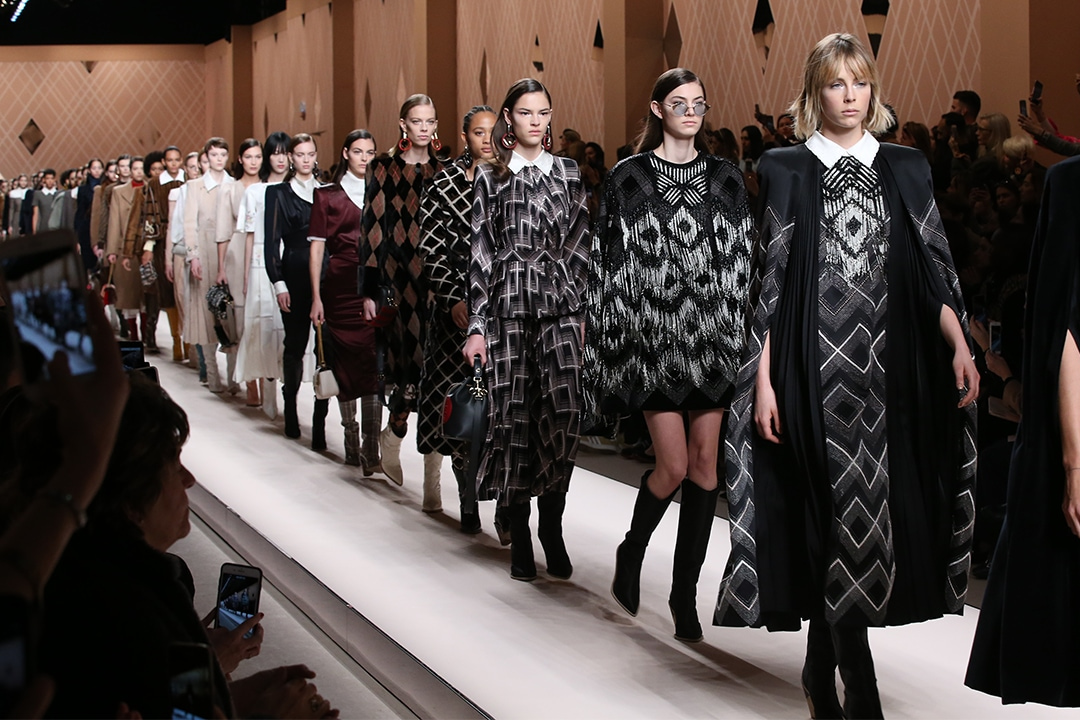
Success came quickly, already in the 30s the finest furs and leather accessories of the Fendi laboratory reached international fame thanks to the rich ladies in visit to the Eternal City who had a penchant for Italian craftsmanship.


The success was confirmed when their five daughters, Paola, Anna, Franca, Carla and Alda, decided to get involved in the family business bringing new energy and ideas.
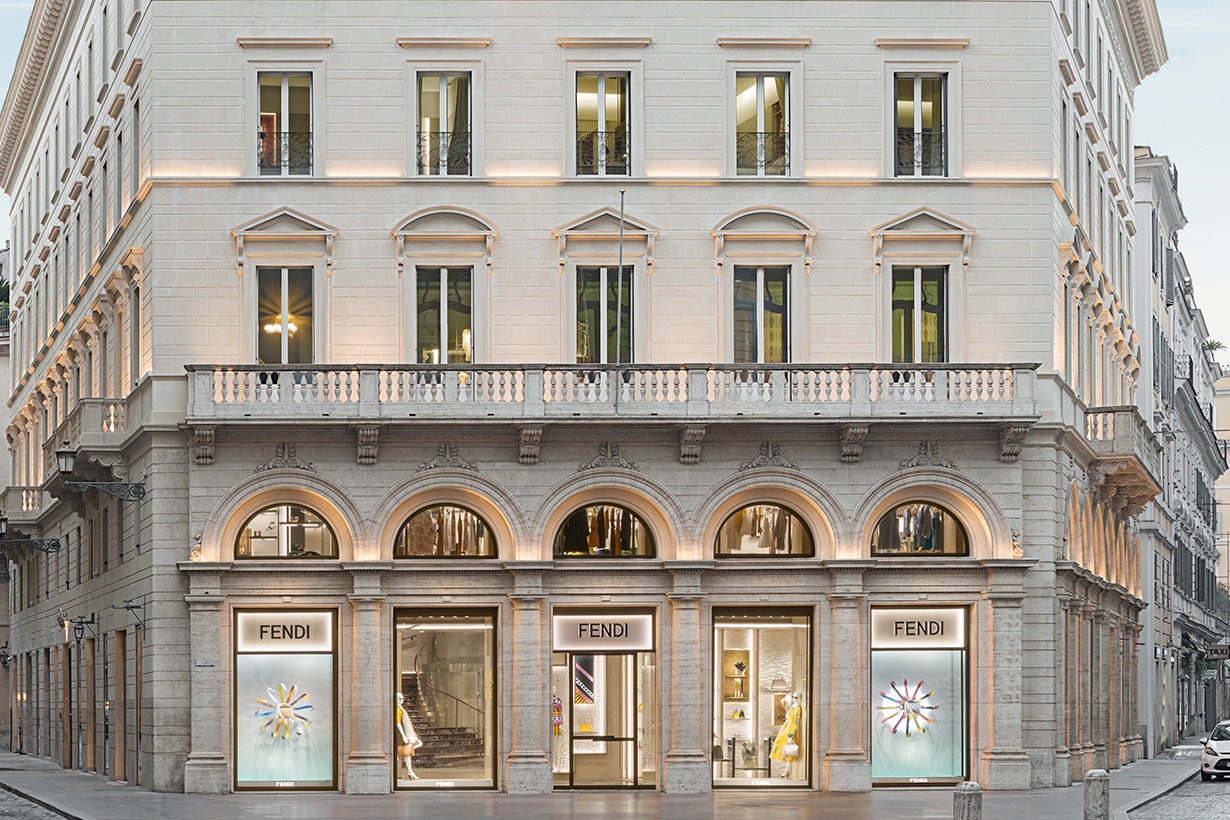
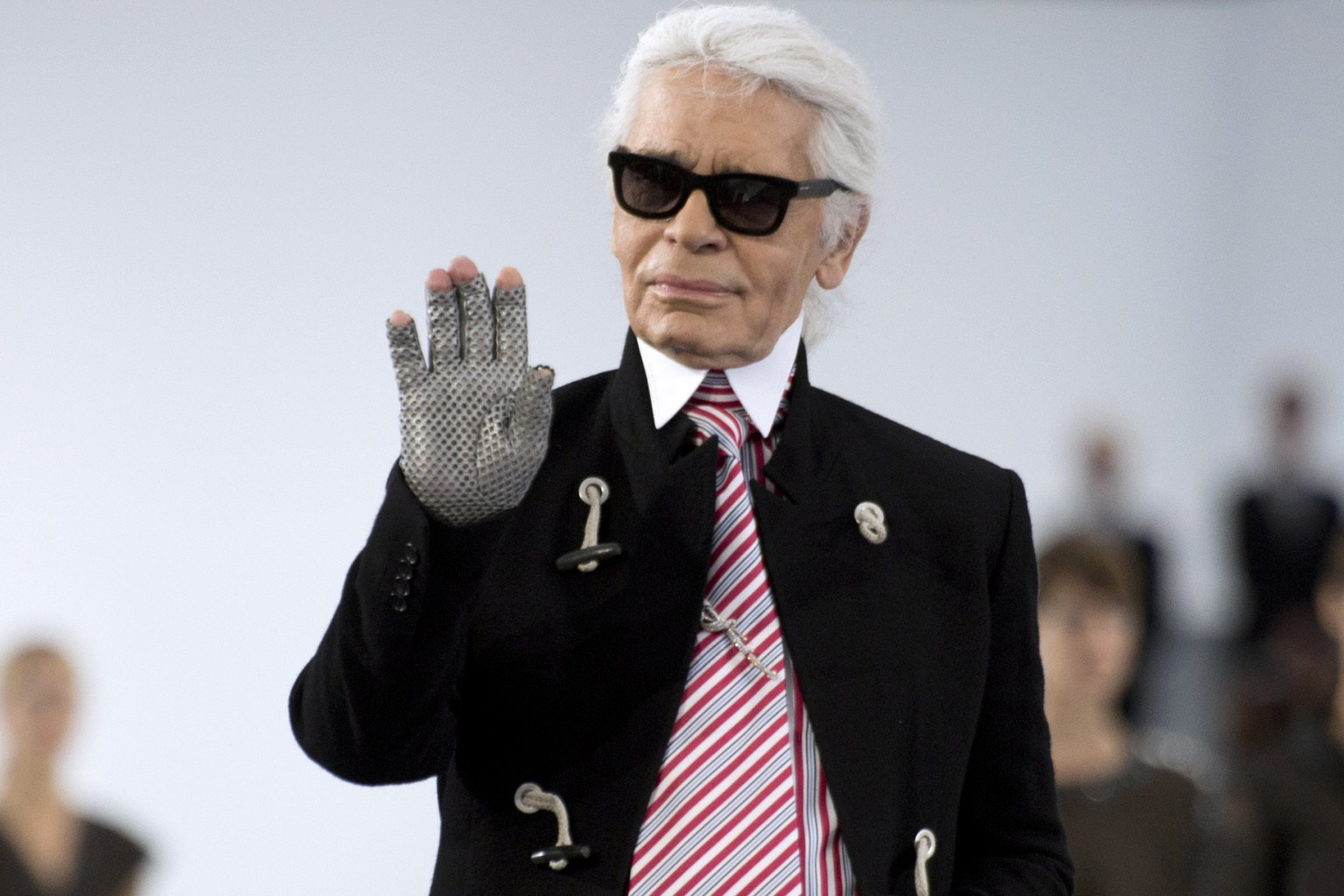
Nicknamed the five fingers of the hand, it was they who, in 1965, invited a young German designer to join the House. His name: Karl Lagerfeld!
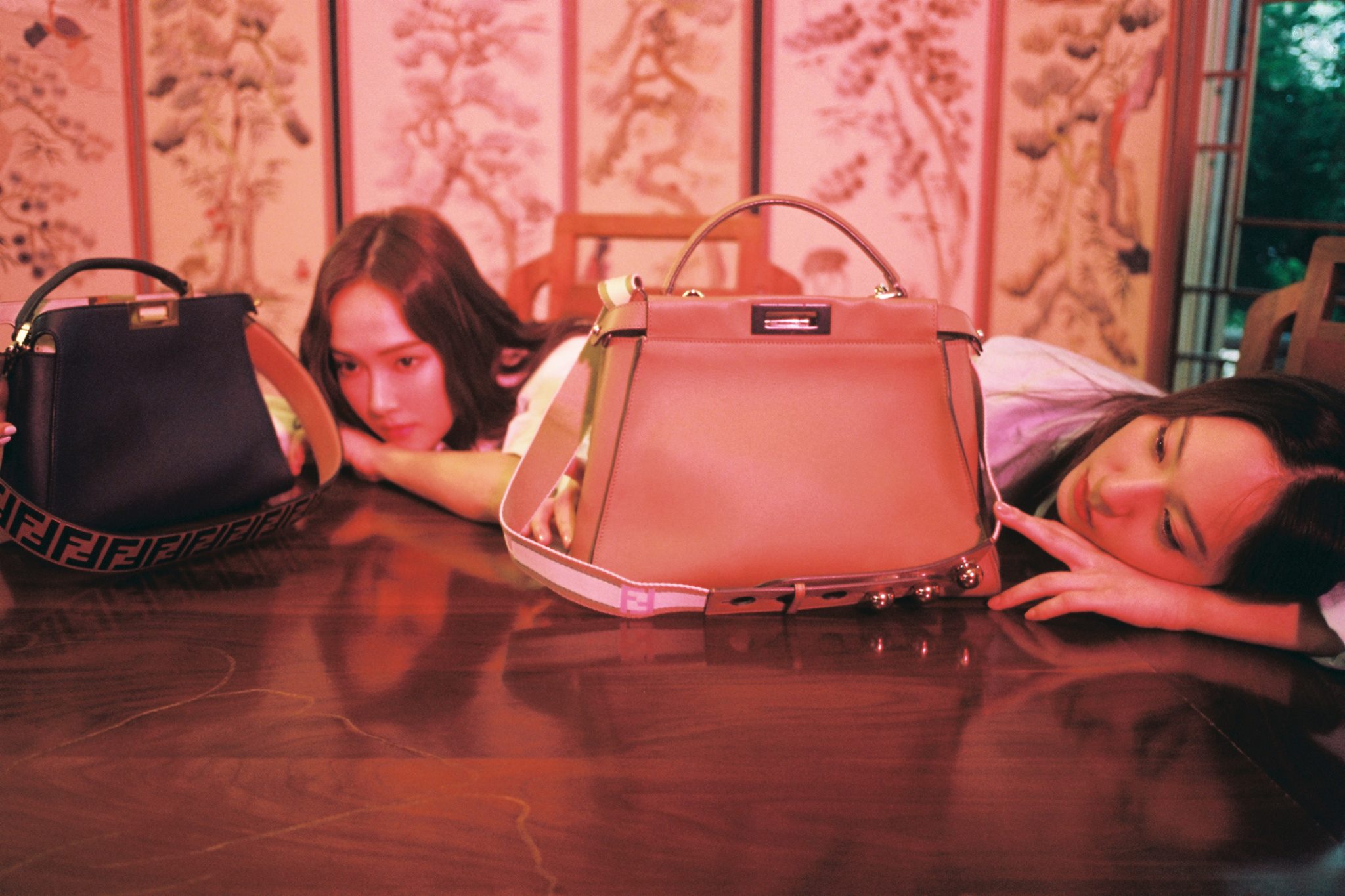
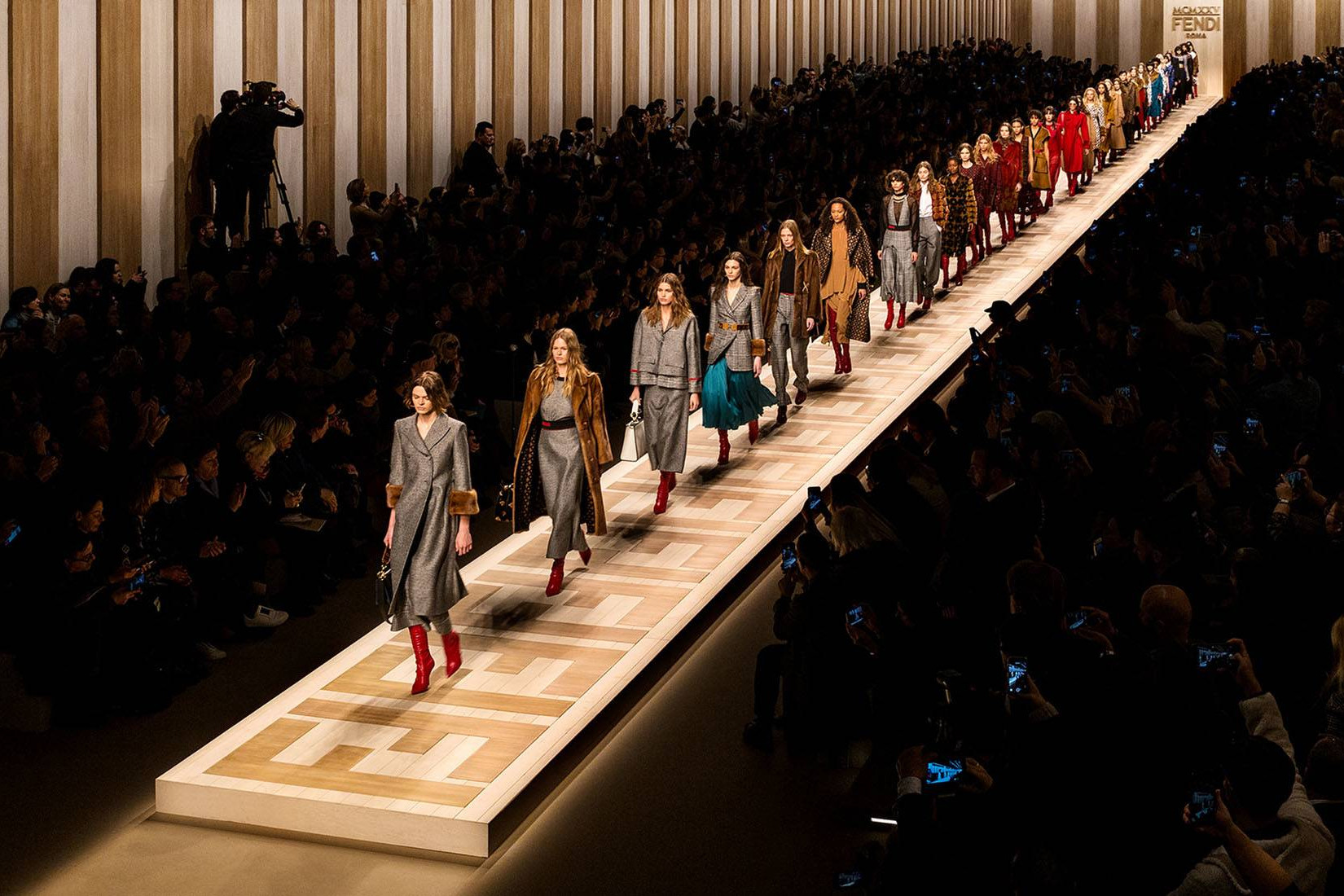
A year later came the double F logo originally used as invisible lining for luggage, which today has become a symbol of luxury and exhibited with pride among the most significant examples of the phenomenon of logo mania.
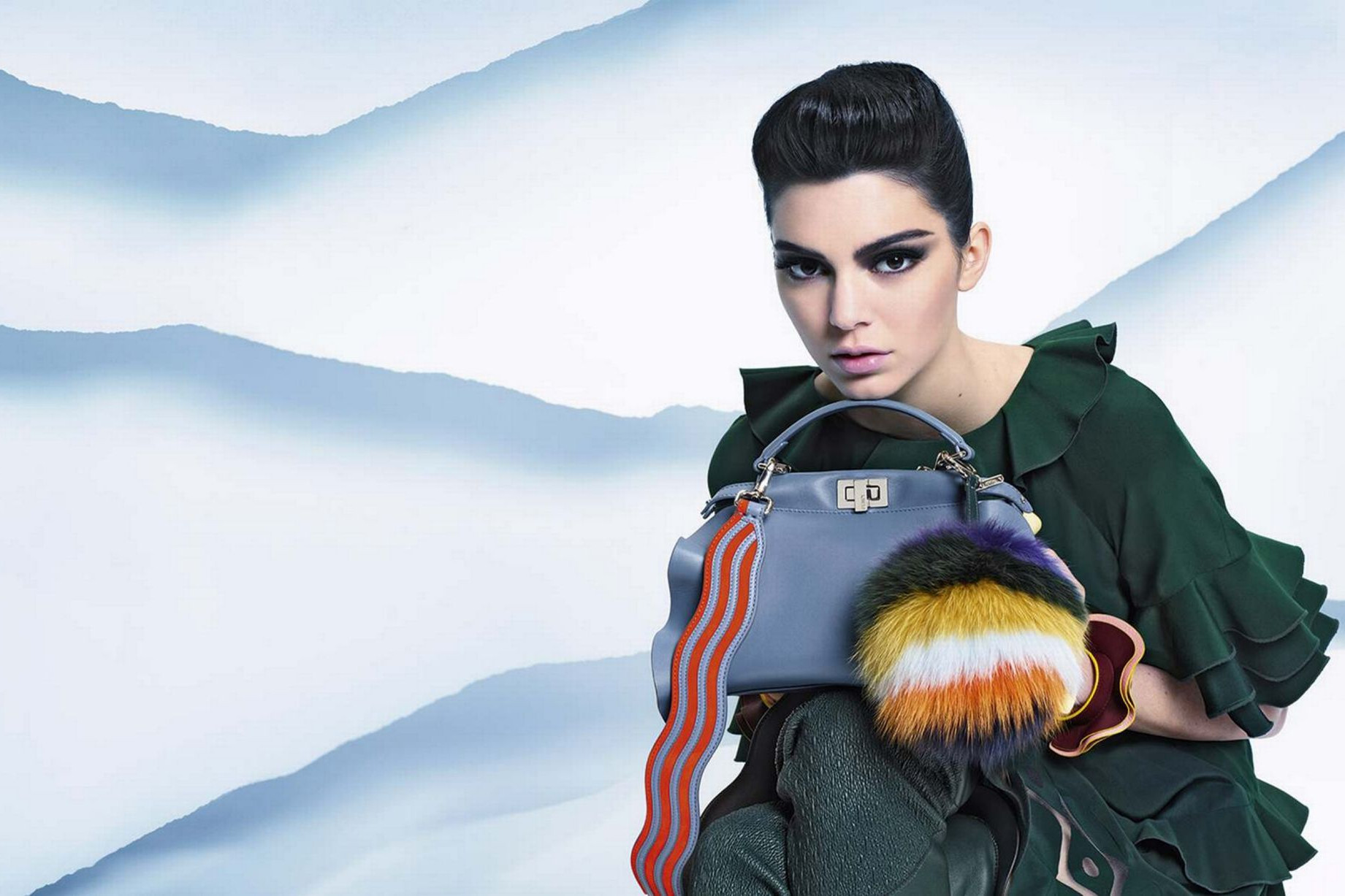
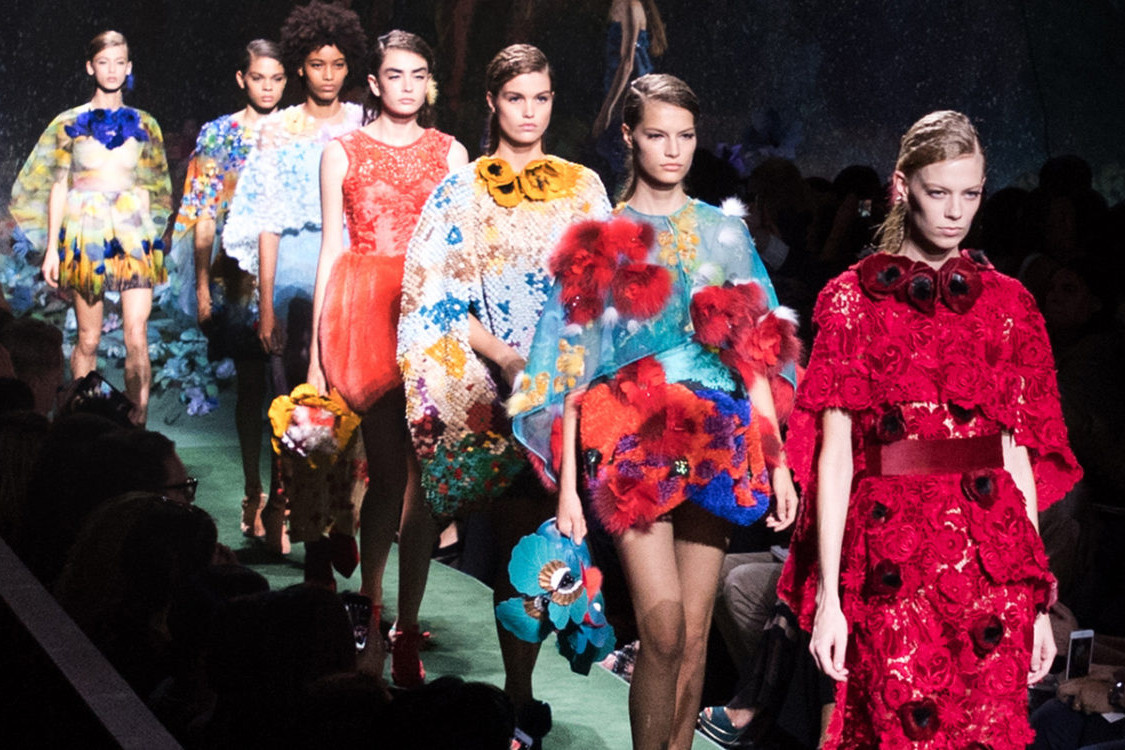
After revolutionizing how to wear fur by fully reinterpreting it, transforming it into a fashionable, soft, light item of clothing, Karl Lagerfeld launched the House’s ready-to-wear collection in 1977. He still provides artistic direction alongside Silvia Venturini Fendi, who represents the third generation of the family and is in charge of accessories, menswear and kidswear.
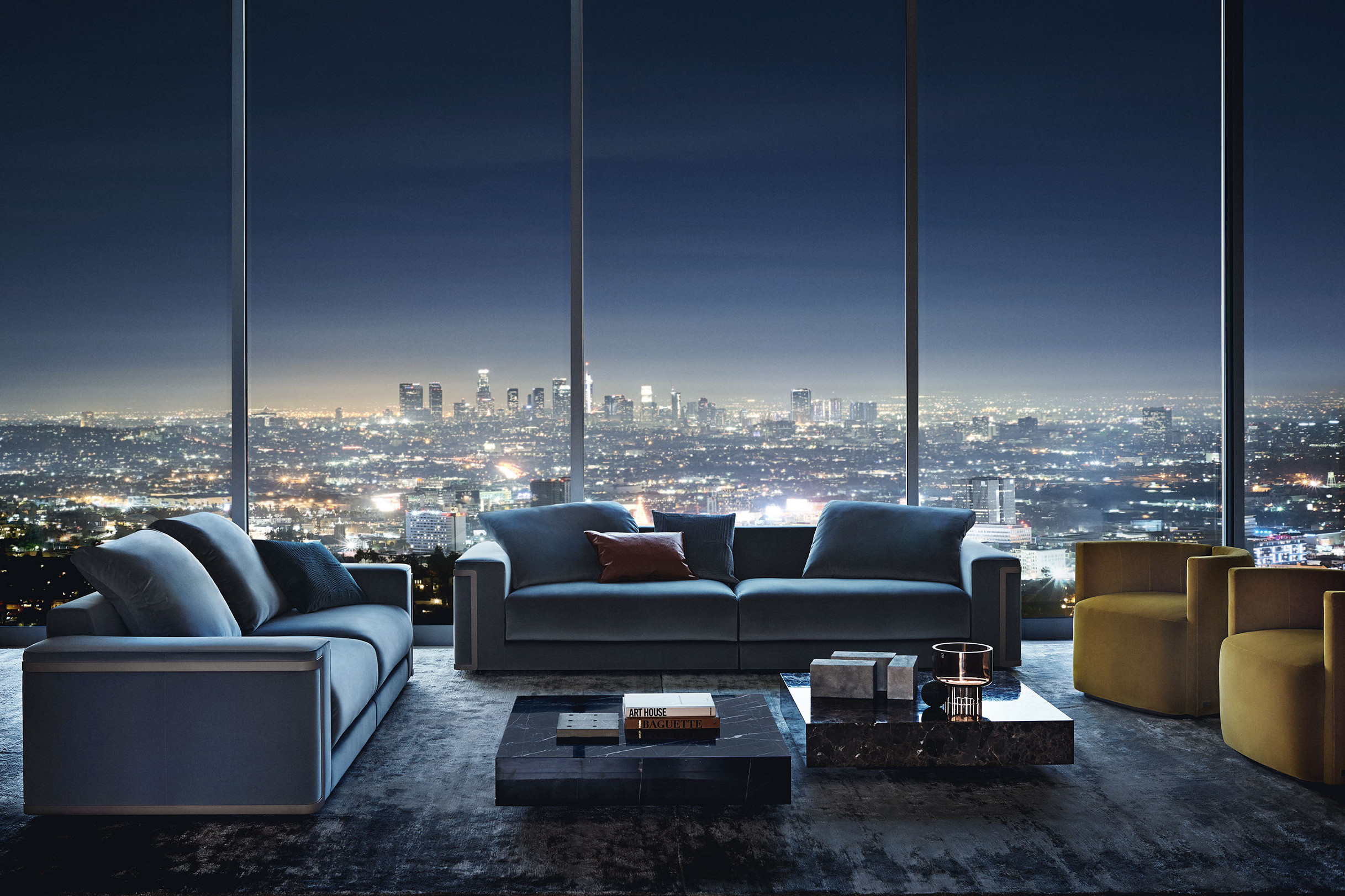
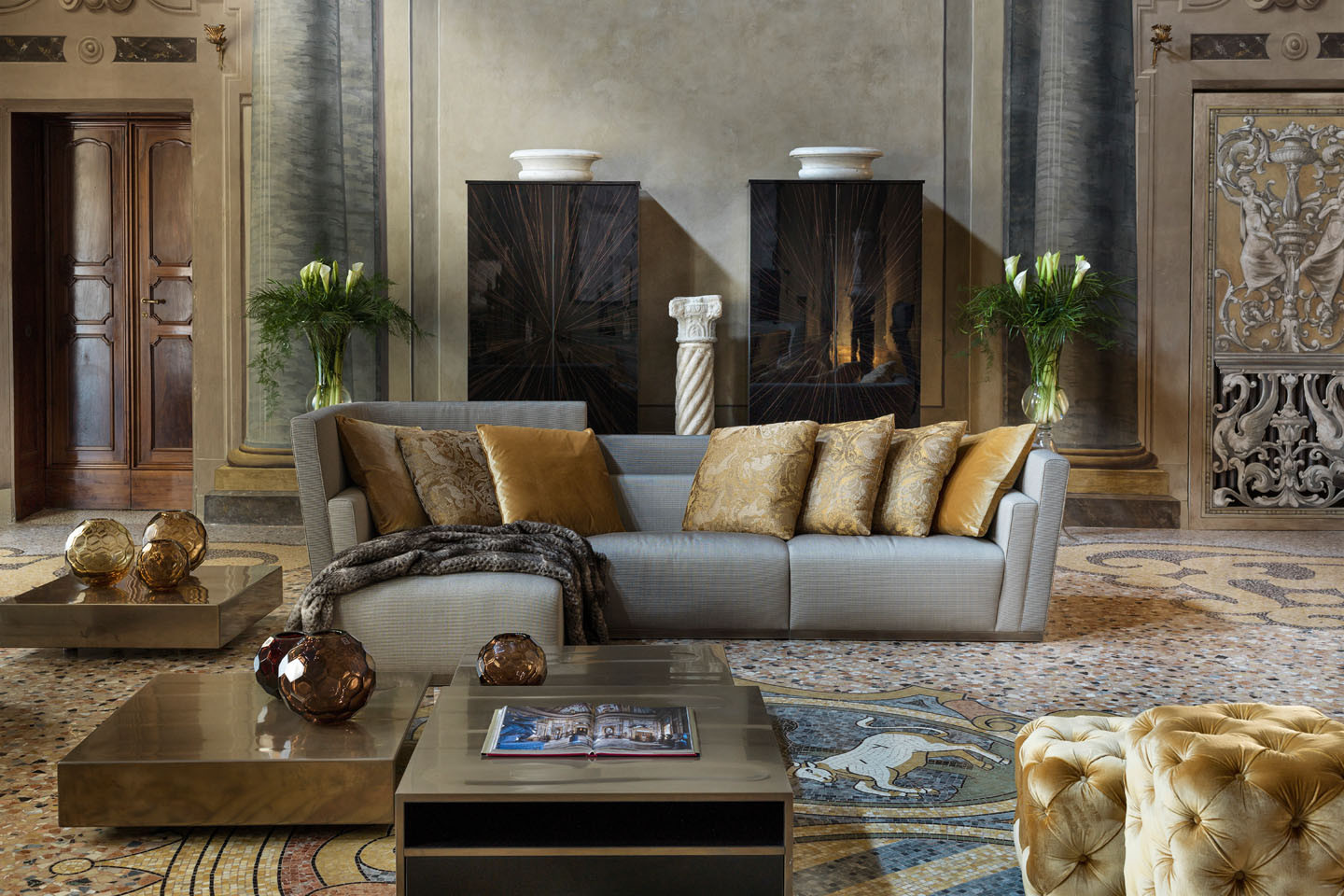
In the ‘80s Fendi emerged as a global lifestyle brand, in 1989 Fendi Casa was founded, with the aim of decorating the environments with the same perspective of the fashion lines.
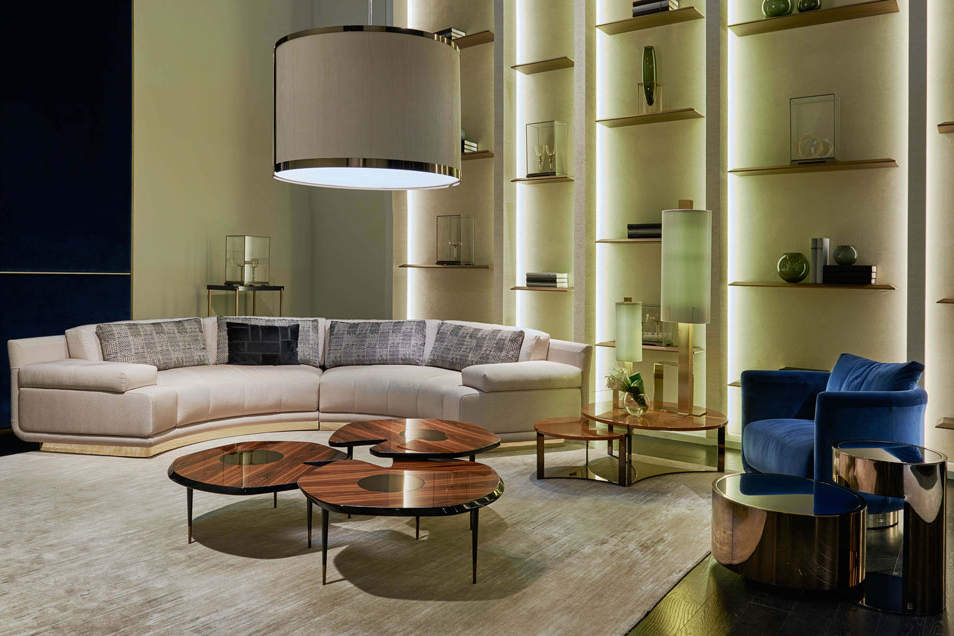
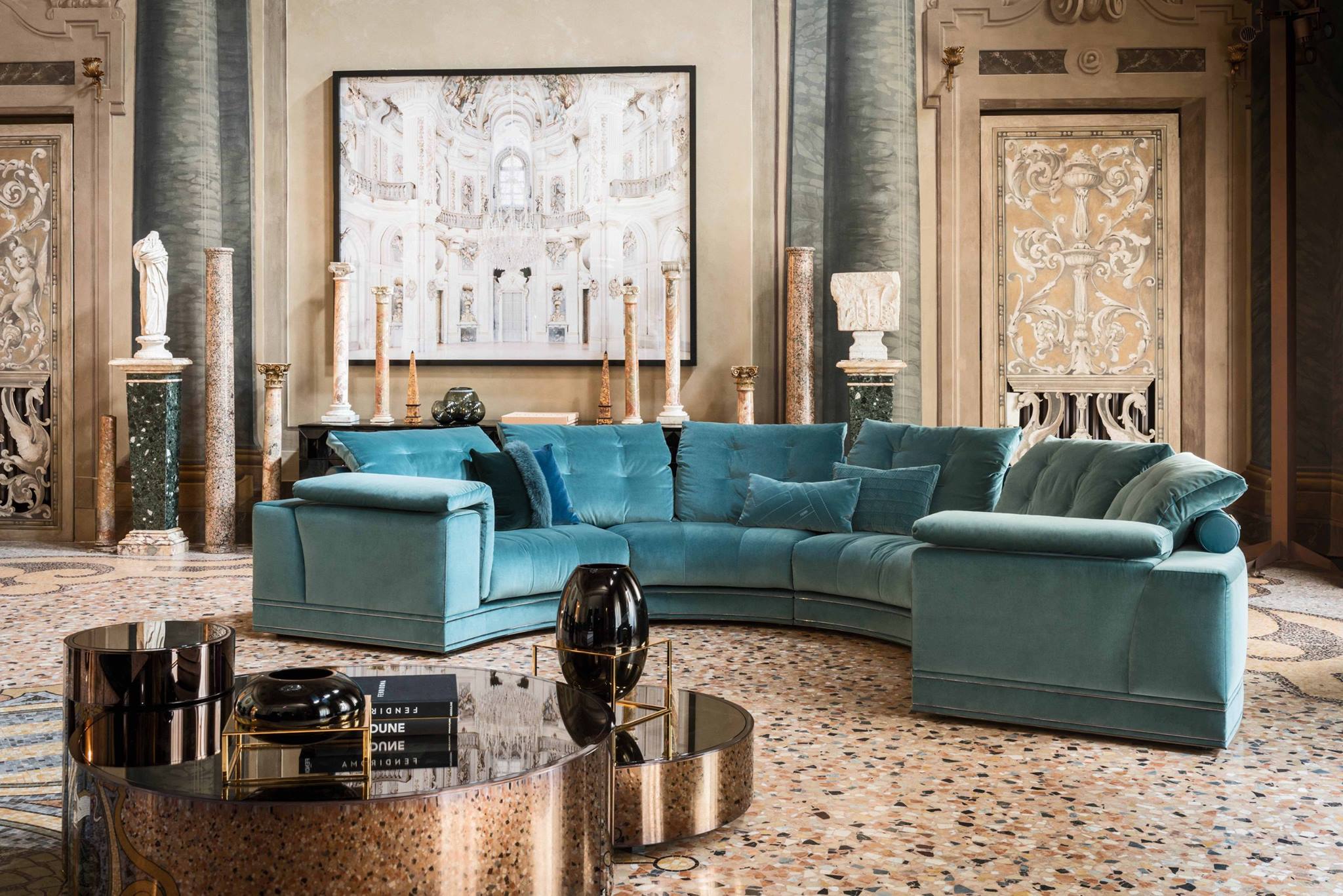
Foxes, mink, sable are so transposed into plaids and cushions, characterized by fashion details like the double F logo or the characteristic Spy Bag closing.
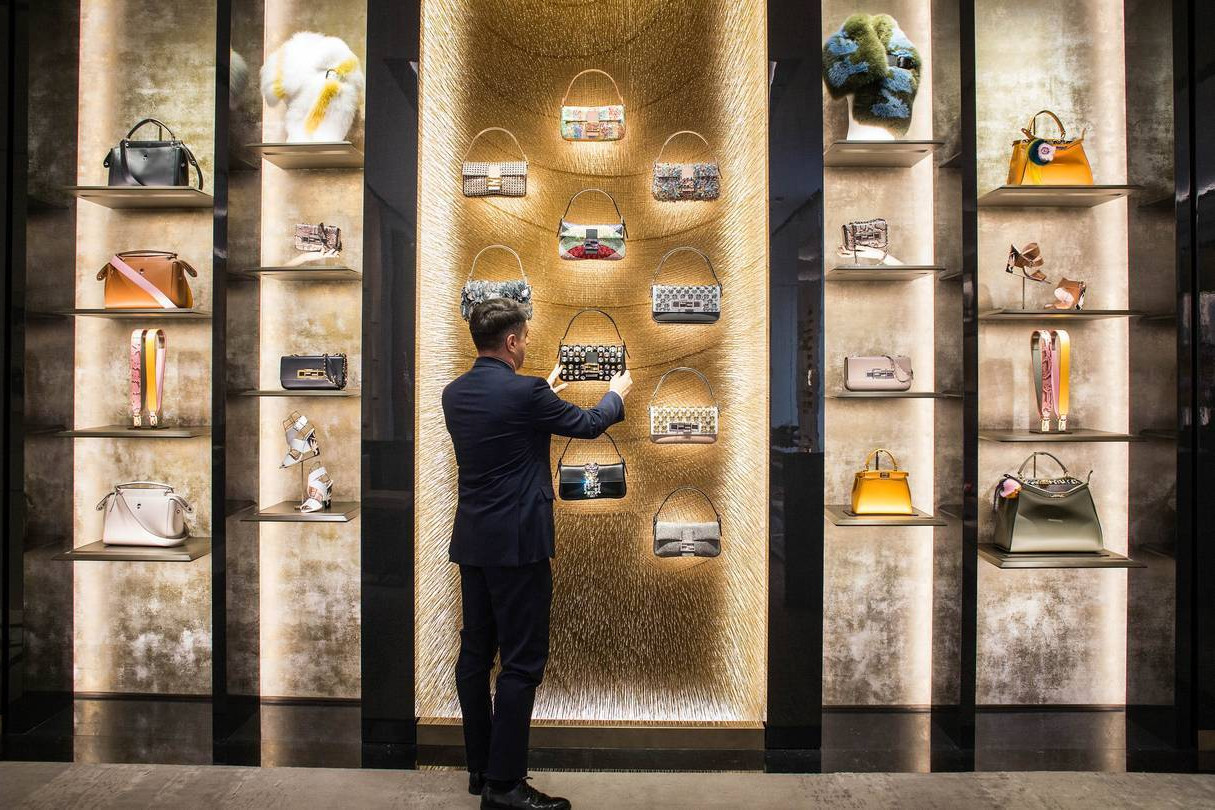
 y.jpg)
Forever associated with the Fendi image, the legendary Baguette bag and the timeless Peekaboo have helped to shape the House’s influence.
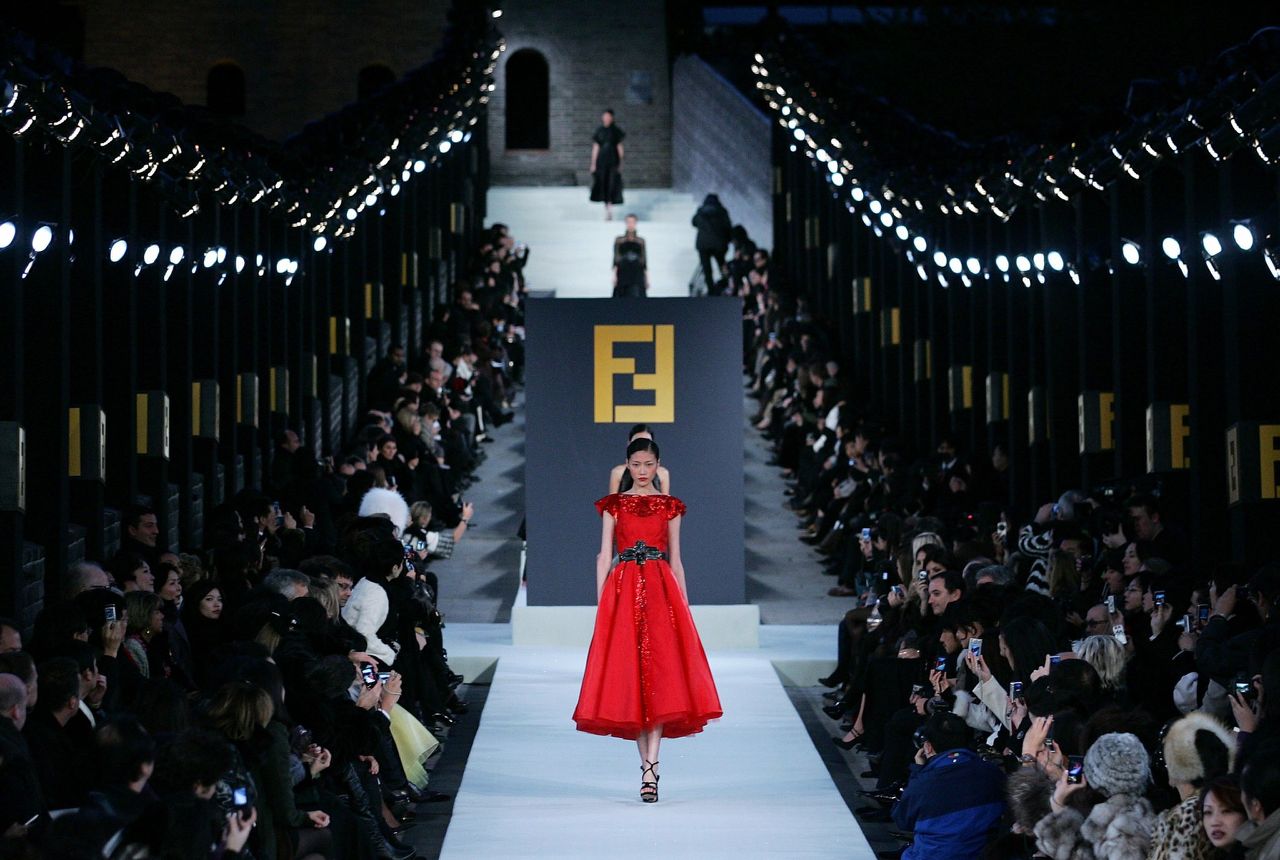
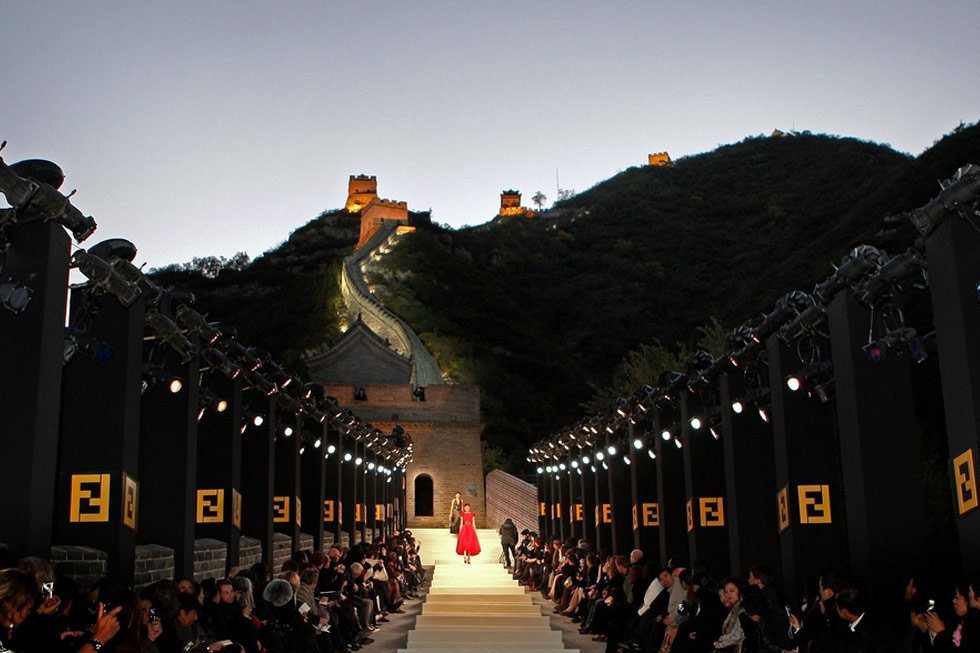
It is a reputation that even went beyond the borders of the Earth when Fendi put on a fashion show atop the Great Wall of China on October 19, 2007, making this breathtaking event the first show visible from the Moon!

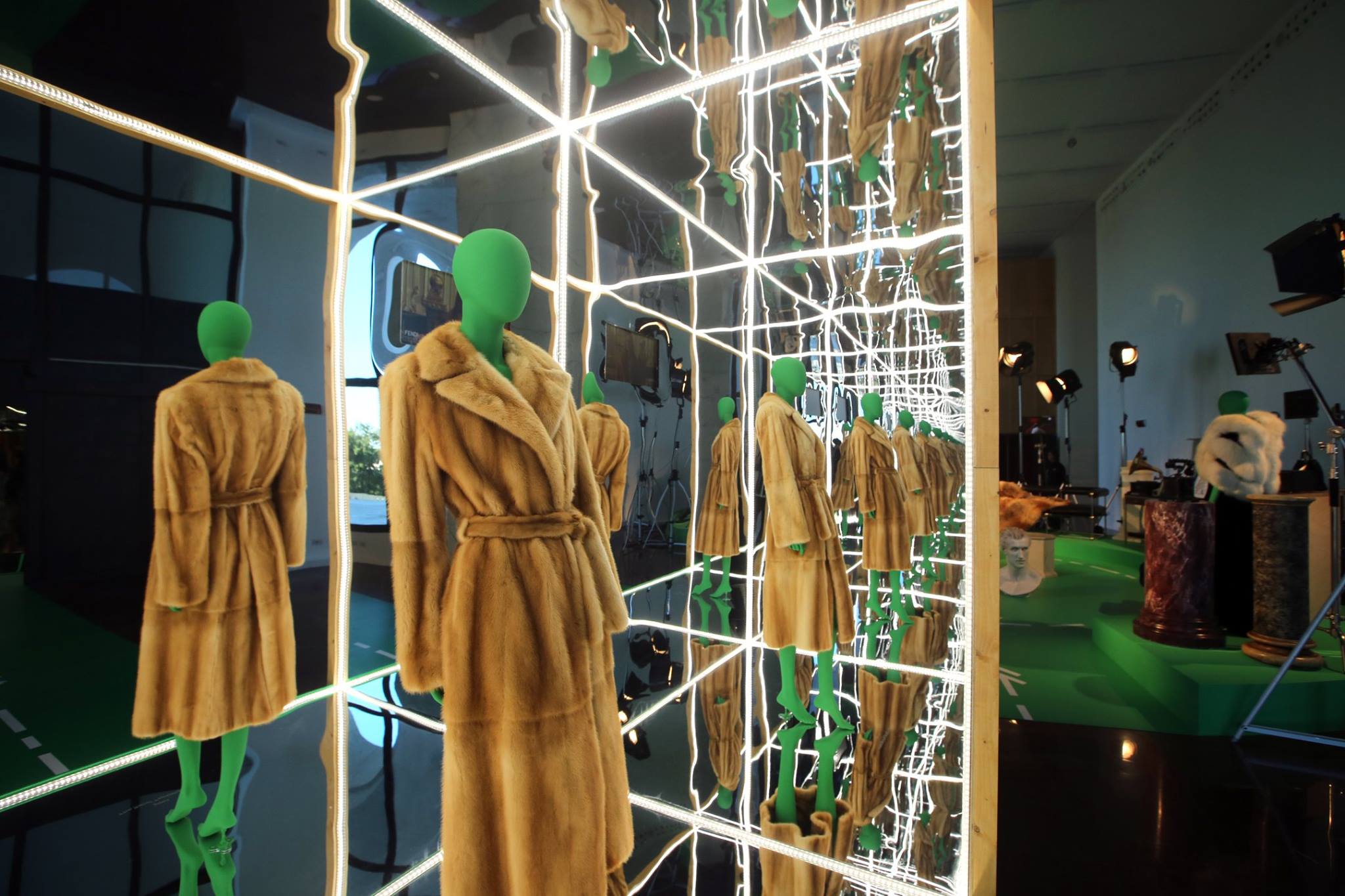
Icon
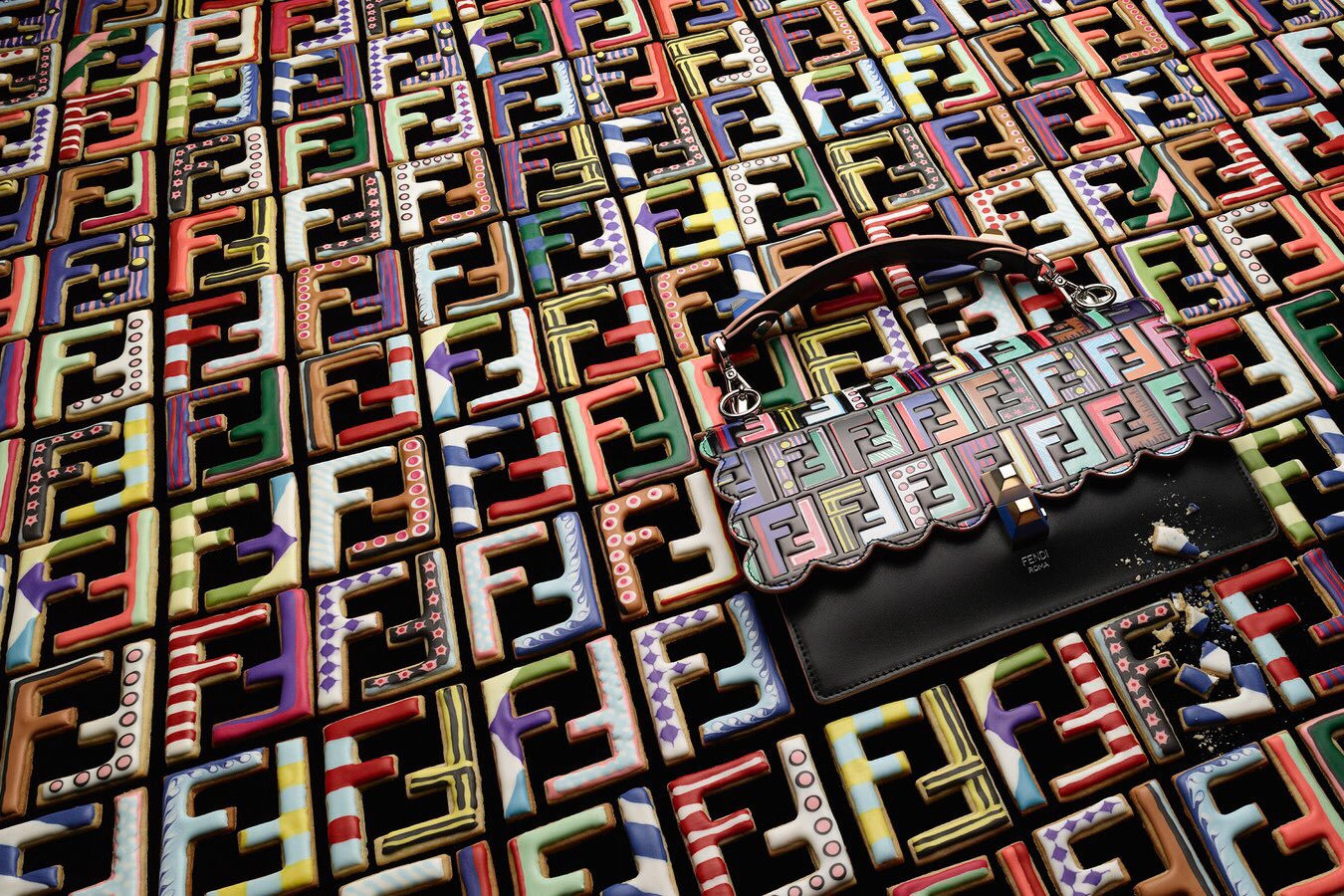
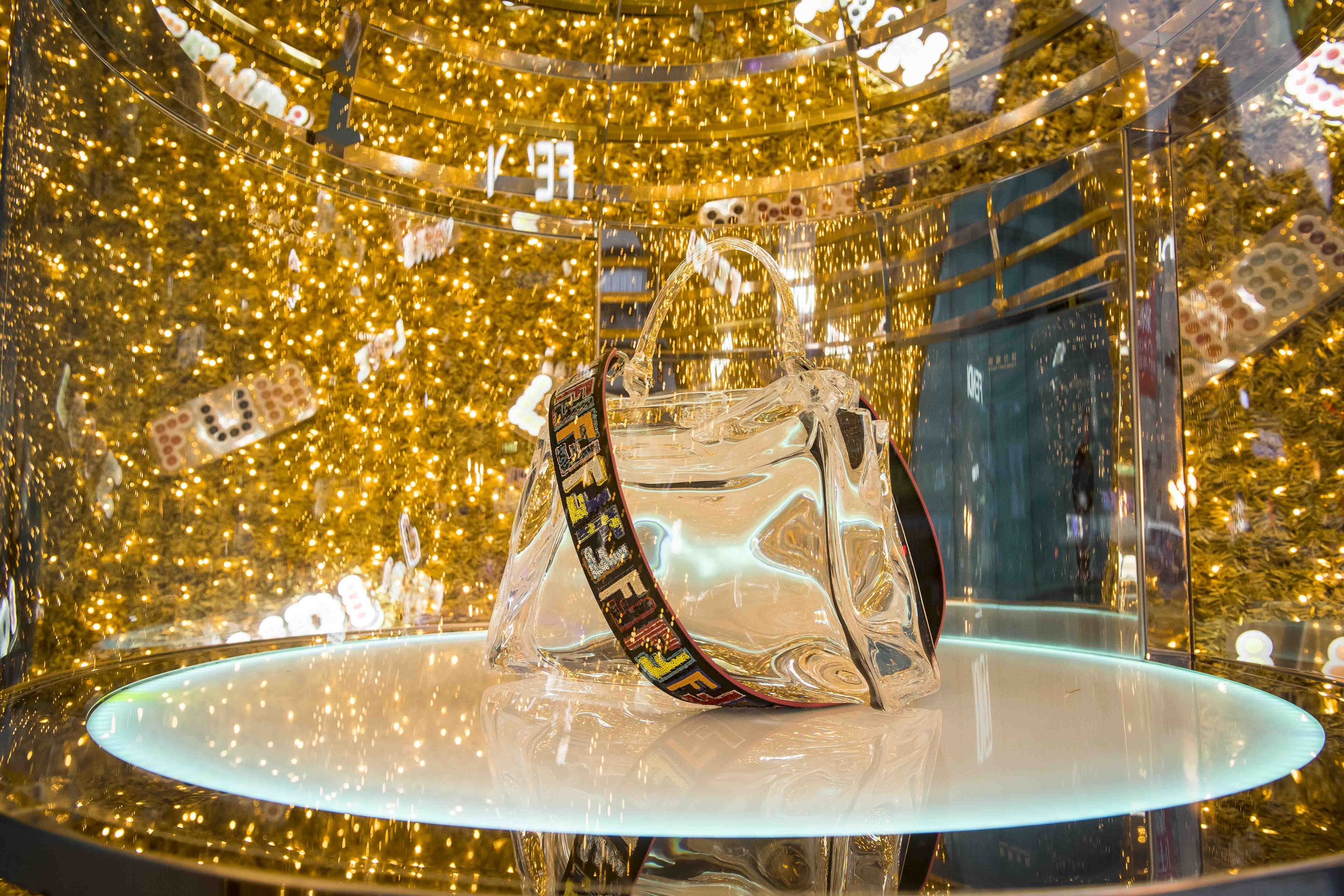
A House specialty since it was founded in 1925, working with fur is a part of Fendi's historic range of expression, being the only brand to have an inhouse fur atelier. From a social status symbol to a fashion phenomenon, this elegant staple changed under the successive guidance of Adele and Edoardo's five daughters and Karl Lagerfeld since 1965.
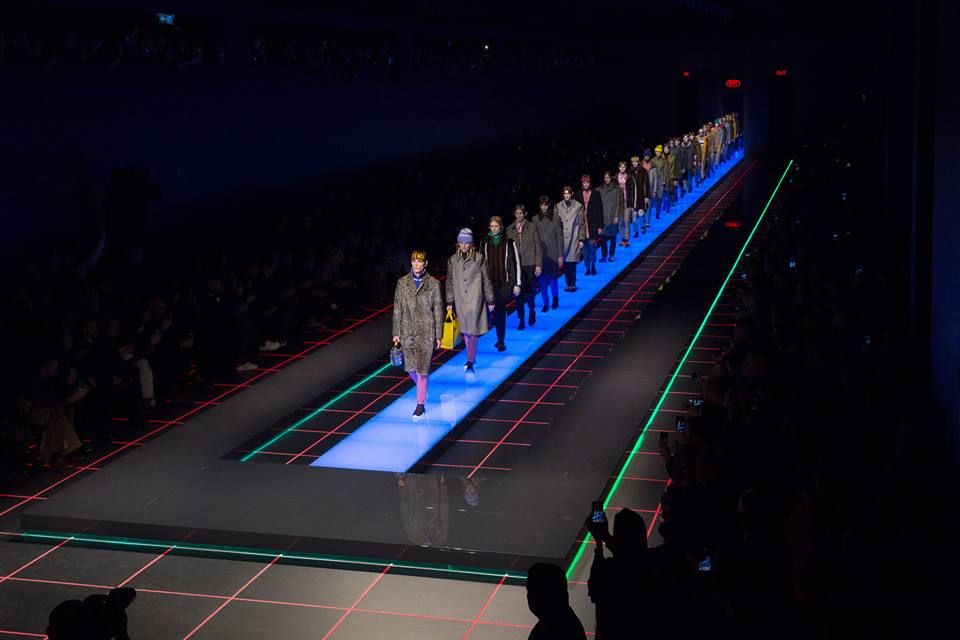
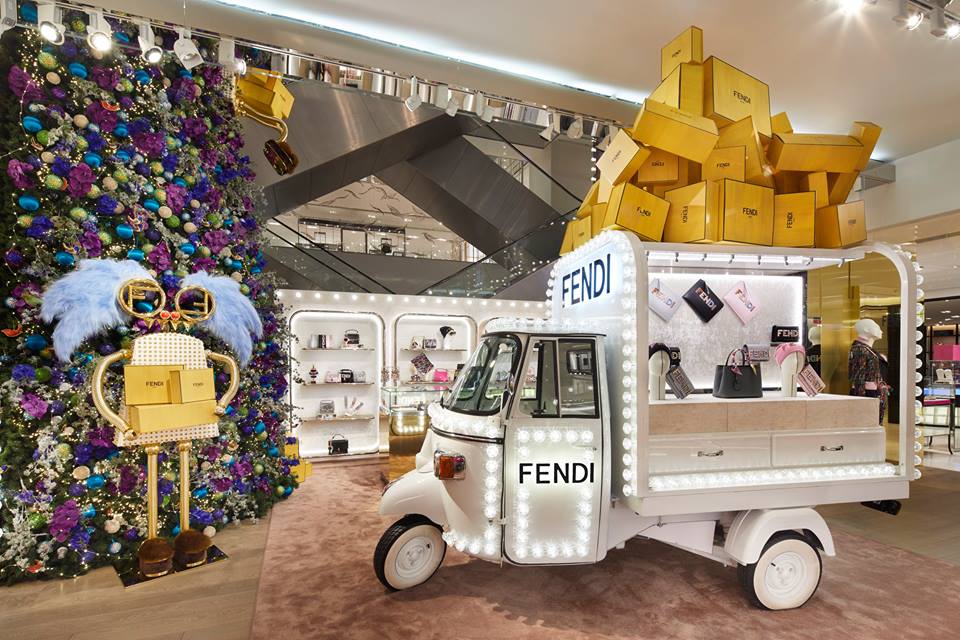
Outlook
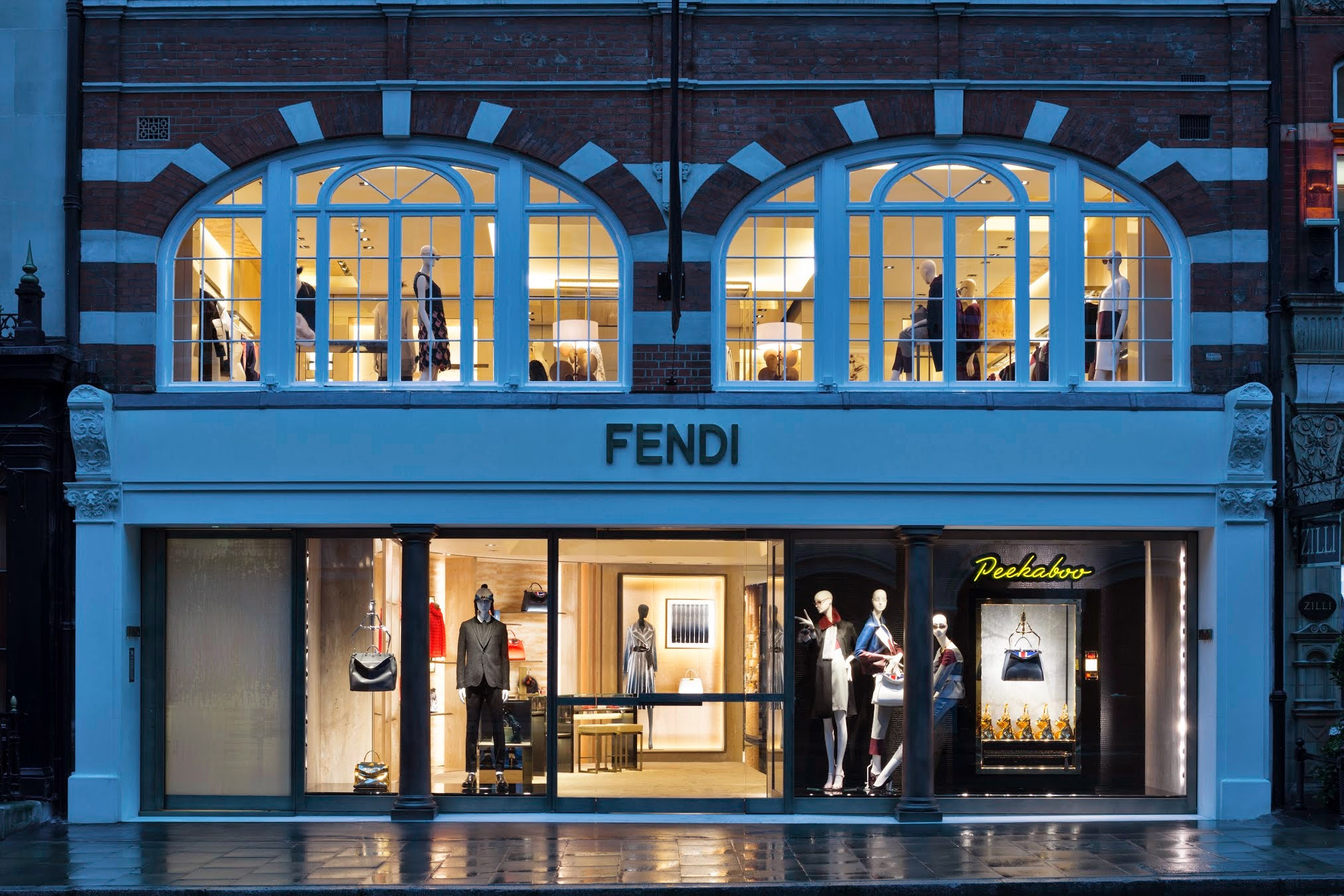
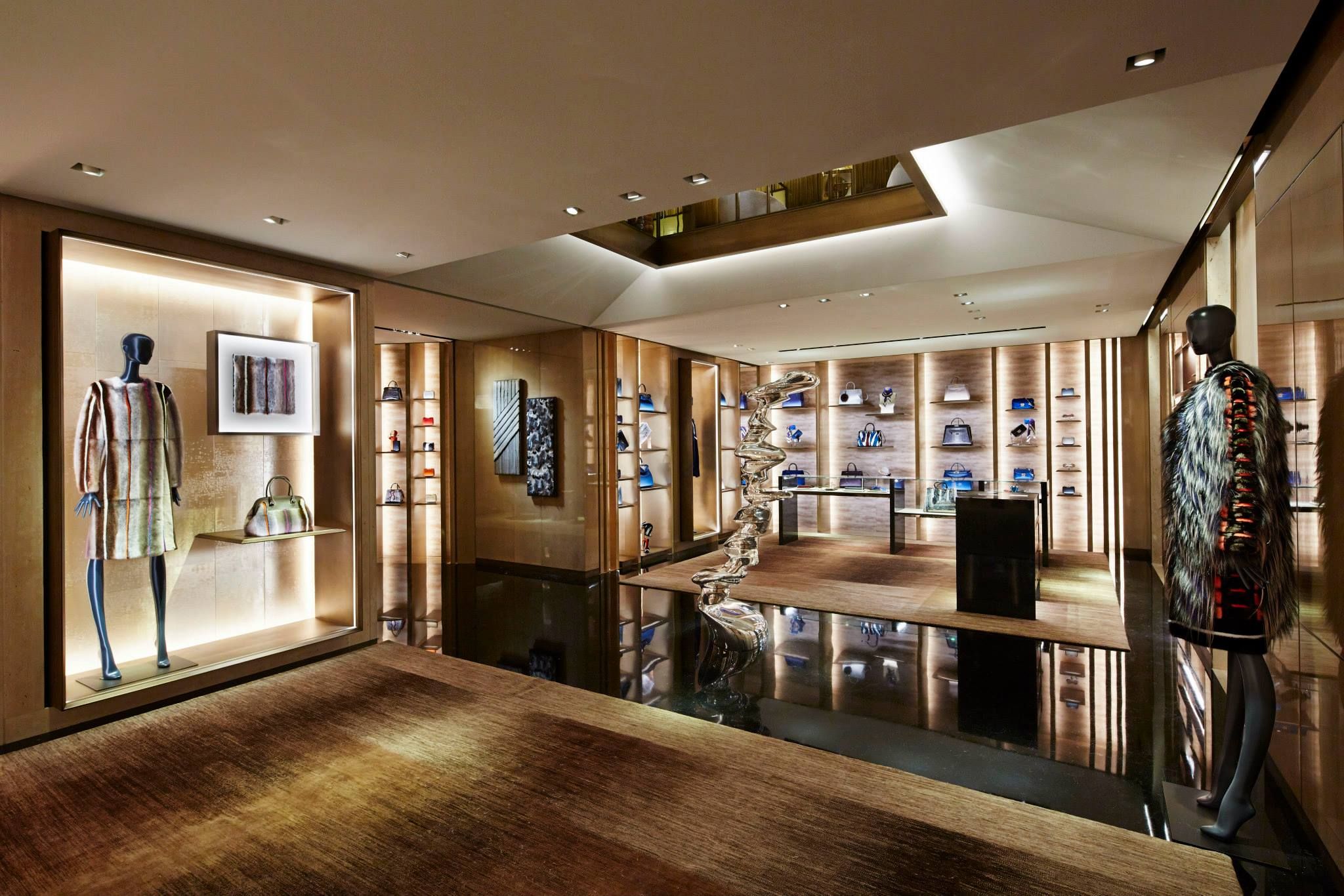
The Fendi boutique concept has evolved as the House too has progressed. As it prepares to celebrate 90 years in business, the network of stores is changing to accentuate and celebrate the heritage and contemporaneity of the Rome-based brand.
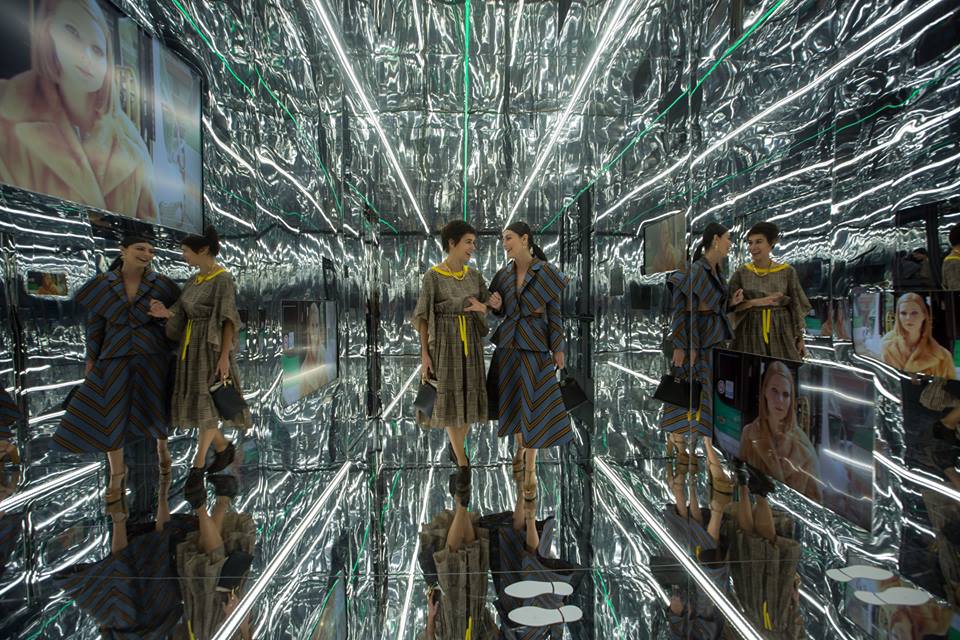
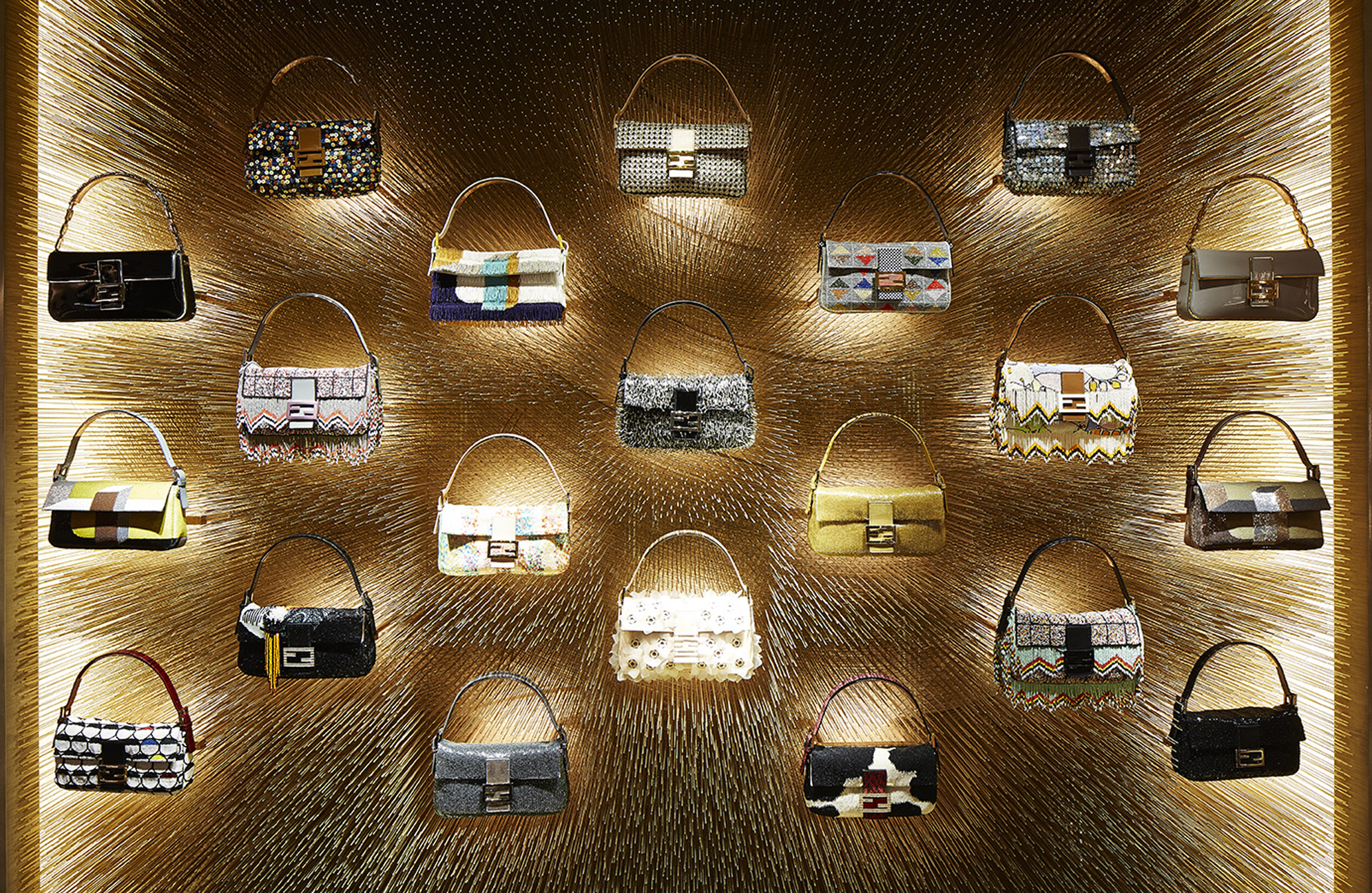
Each of these prestigious boutiques on the world’s most beautiful streets contains a wall of baguette bags with some 40,000 bronze spikes.
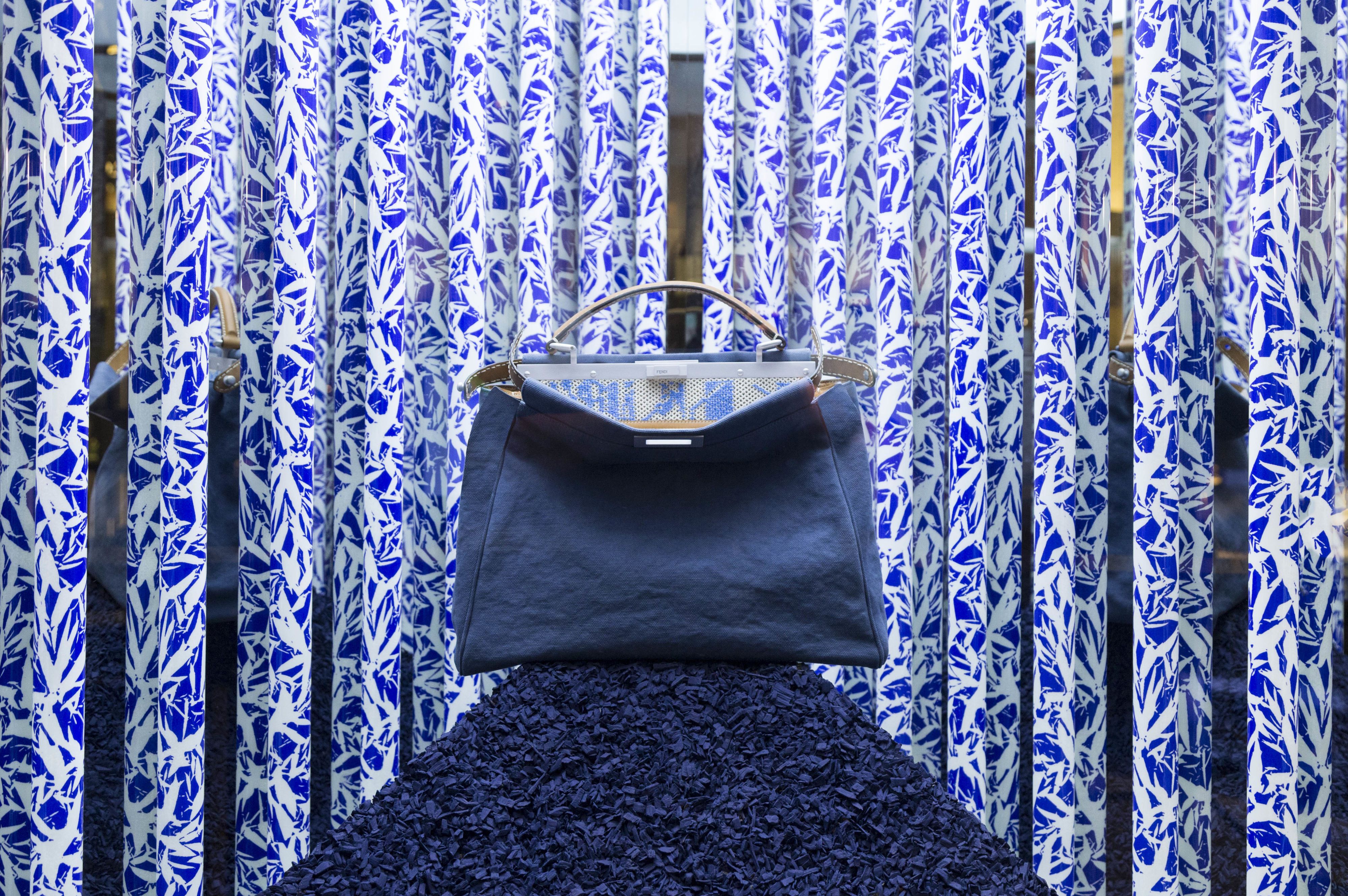
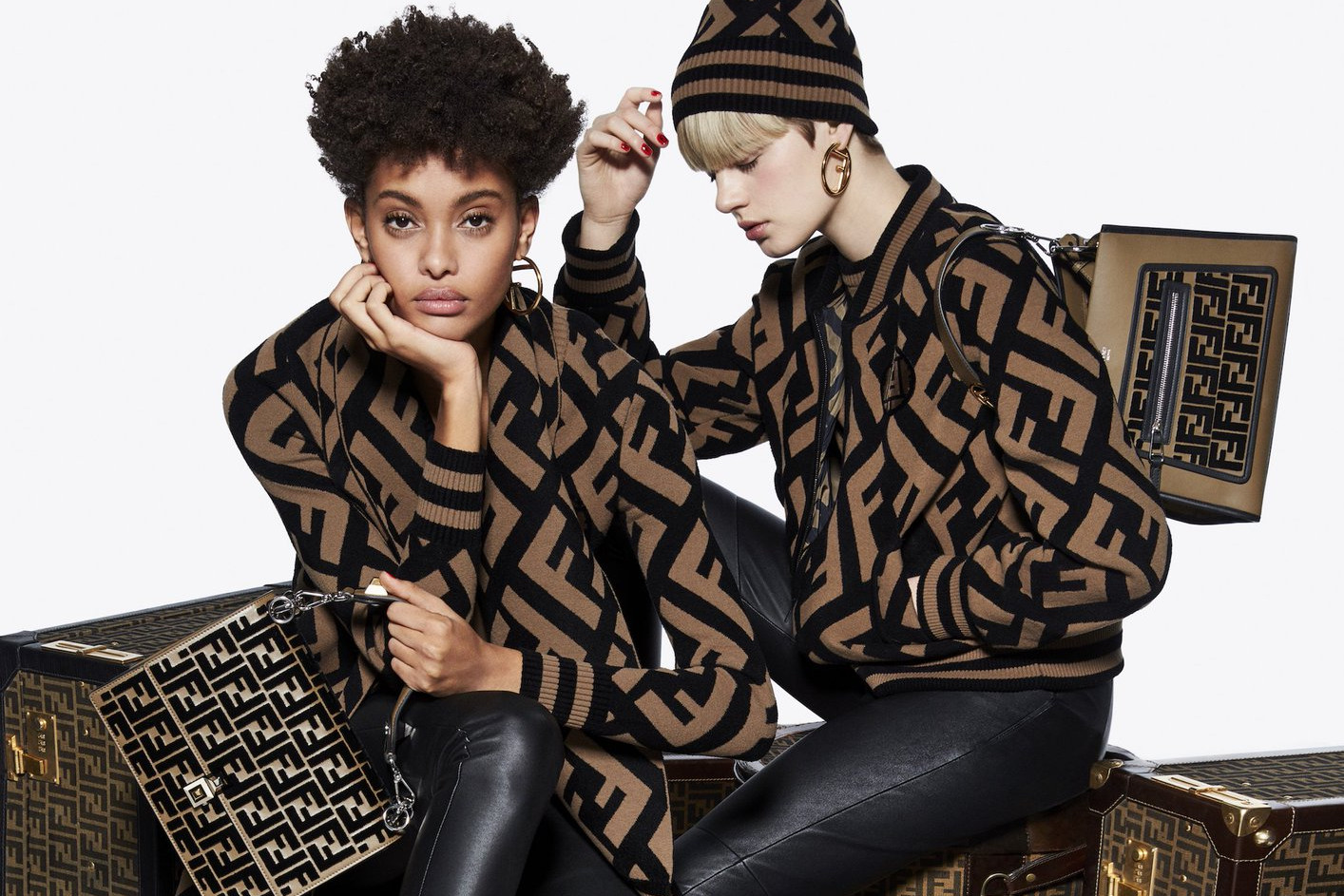
A spectacular installation to showcase the first it-bag in the world, which was created by Silvia Venturini Fendi in 1997 and remains as iconic today.
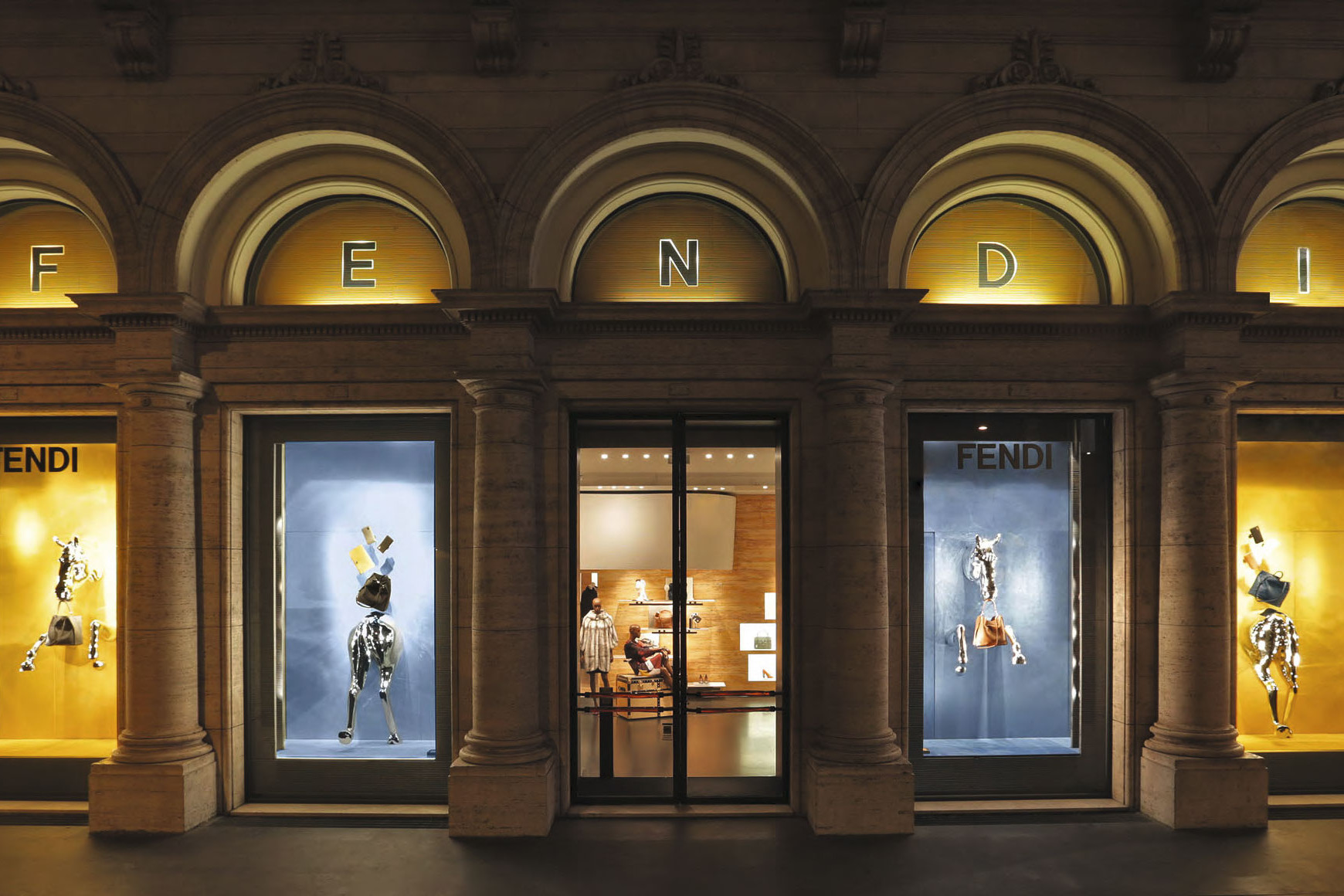
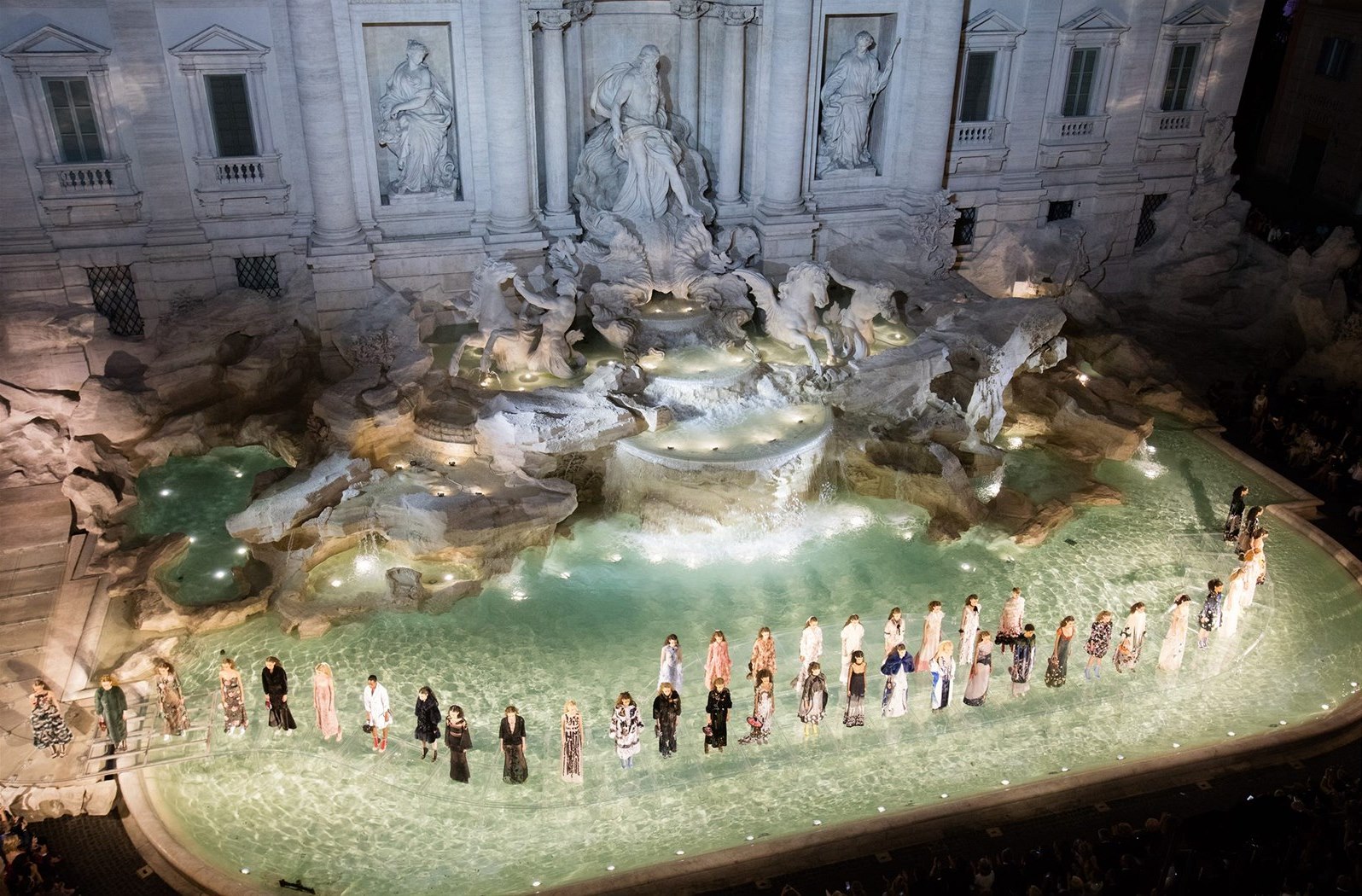
Products Fendi
Fendi
Founded in 1925 in Rome

Identity

To explain the Fendi fashion house a mathematical theorem would perhaps be necessary, in which tradition and innovation, craftsmanship and freedom of creativity are wisely dosed as a guarantee of a success never taken for granted, following the idea that nothing is impossible. - Silvia Venturini Fendi


The Fendi adventure began in 1925 on Via del Plebiscito, a busy street whose location in the heart of Rome made it a main thoroughfare used by the transalpine aristocracy.


Adele and Edoardo Fendi opened a small and medium leather goods shop and set up what was then a secret fur workshop.


The shop was set in an area through which nobility would ride on their way to excursions by the sea, and Adele, watching the passing carriages, was inspired by the horse’s beautiful saddles and bridles to create a line of handbags using those same techniques.


Success came quickly, already in the 30s the finest furs and leather accessories of the Fendi laboratory reached international fame thanks to the rich ladies in visit to the Eternal City who had a penchant for Italian craftsmanship.


The success was confirmed when their five daughters, Paola, Anna, Franca, Carla and Alda, decided to get involved in the family business bringing new energy and ideas.


Nicknamed the five fingers of the hand, it was they who, in 1965, invited a young German designer to join the House. His name: Karl Lagerfeld!


A year later came the double F logo originally used as invisible lining for luggage, which today has become a symbol of luxury and exhibited with pride among the most significant examples of the phenomenon of logo mania.


After revolutionizing how to wear fur by fully reinterpreting it, transforming it into a fashionable, soft, light item of clothing, Karl Lagerfeld launched the House’s ready-to-wear collection in 1977. He still provides artistic direction alongside Silvia Venturini Fendi, who represents the third generation of the family and is in charge of accessories, menswear and kidswear.


In the ‘80s Fendi emerged as a global lifestyle brand, in 1989 Fendi Casa was founded, with the aim of decorating the environments with the same perspective of the fashion lines.


Foxes, mink, sable are so transposed into plaids and cushions, characterized by fashion details like the double F logo or the characteristic Spy Bag closing.

 y.jpg)
Forever associated with the Fendi image, the legendary Baguette bag and the timeless Peekaboo have helped to shape the House’s influence.


It is a reputation that even went beyond the borders of the Earth when Fendi put on a fashion show atop the Great Wall of China on October 19, 2007, making this breathtaking event the first show visible from the Moon!


Icon


A House specialty since it was founded in 1925, working with fur is a part of Fendi's historic range of expression, being the only brand to have an inhouse fur atelier. From a social status symbol to a fashion phenomenon, this elegant staple changed under the successive guidance of Adele and Edoardo's five daughters and Karl Lagerfeld since 1965.


Outlook


The Fendi boutique concept has evolved as the House too has progressed. As it prepares to celebrate 90 years in business, the network of stores is changing to accentuate and celebrate the heritage and contemporaneity of the Rome-based brand.


Each of these prestigious boutiques on the world’s most beautiful streets contains a wall of baguette bags with some 40,000 bronze spikes.


A spectacular installation to showcase the first it-bag in the world, which was created by Silvia Venturini Fendi in 1997 and remains as iconic today.


Products Fendi
-
Fendi - Peeakaboo - Black Square Sunglasses - Sunglasses - Fendi Eyewear
Sunglasses with a square shape in black acetate. The sophisticated design is highlighted by the geometric cuts of the frame. Ruthenium zipper with engraved Fendi logo, inspired by the iconic Fendi bag: the Peekaboo. Internal customization of the auction with hot stamped "Peekaboo". Blue lenses.
263,50 € 310,00 € -15%Reduced price ! -
Fendi - Peeakaboo - Black Butterfly Sunglasses - Sunglasses - Fendi Eyewear
Peekaboo sunglasses with Butterfly shape in black acetate. The sophisticated design is highlighted by the geometric cuts of the frame. Gold hinge with engraved Fendi logo, inspired by the iconic Fendi bag: the Peekaboo. Internal customization of the auction with hot stamped "Peekaboo". Gray gradient lenses.
263,50 € 310,00 € -15%Reduced price ! -
Fendi - Peeakaboo - Black Round Sunglasses - Sunglasses - Fendi Eyewear
Peekaboo sunglasses with a large oval shape in black acetate. Ladylike and sophisticated, the model is characterized by the pink gold zipper with engraved Fendi logo, inspired by the iconic Peekaboo bag. Internal customization of the auction with hot stamped "Peekaboo". Gray gradient lenses.
263,50 € 310,00 € -15%Reduced price ! -
Fendi - Peeakaboo - Havana Brown Cat Eye Sunglasses - Sunglasses - Fendi Eyewear
Peekaboo sunglasses from the Cat Eye line inspired by the iconic Fendi bag, in havana brown acetate. The sophisticated design is highlighted by the geometric cuts of the frame. Ruthenium zipper with engraved Fendi logo, inspired by the iconic Fendi bag: the Peekaboo. Internal customization of the auction with hot stamped "Peekaboo". Gray lenses.
263,50 € 310,00 € -15%Reduced price ! -
Fendi - Eyeline - Black Octagonal Sunglasses - Sunglasses - Fendi Eyewear
Eyeline sunglasses with a distinctive octagonal shape. The frame is in metal with a black finish. The thin temples feature the laser-engraved Fendi logo and tone-on-tone terminals, personalized with an iconic ruthenium-colored triangle. Silver mirrored lenses.
272,00 € 320,00 € -15%Reduced price ! -
Fendi - Eyeline - Rose Octagonal Sunglasses - Sunglasses - Fendi Eyewear
Eyeline sunglasses with a distinctive octagonal shape. The frame is in metal with pink finish. The thin temples feature the laser-engraved Fendi logo and tone-on-tone terminals, personalized with an iconic triangle. Pink gold multilayer lenses.
272,00 € 320,00 € -15%Reduced price ! -
Fendi - Eyeline - Black Rounded Sunglasses - Sunglasses - Fendi Eyewear
Sunglasses with a rounded line, interpreted in a geometric and modern key. The frame is in metal with a black finish, completed by thin temples and terminals of the same color. Fendi logo laser engraved. Slightly mirrored black lenses.
272,00 € 320,00 € -15%Reduced price ! -
Fendi - Eyeline - Gold Rounded Sunglasses - Sunglasses - Fendi Eyewear
Sunglasses with a rounded line, interpreted in a geometric and modern key. The frame is in metal with copper-gold finish, completed by thin temples and purple terminals. Fendi logo laser engraved. Gray lenses mirrored rose gold and anti-reflective.
272,00 € 320,00 € -15%Reduced price ! -
Fendi - Eyeline - Soft Gold Rounded Sunglasses - Sunglasses - Fendi Eyewear
Sunglasses with a rounded line, interpreted in a geometric and modern key. The frame is in metal with soft gold finish, completed by thin temples and black terminals. Fendi logo laser engraved. Silver mirrored gray and anti-reflective lenses.
272,00 € 320,00 € -15%Reduced price ! -
Fendi - Everyday - Gold Rounded Sunglasses - Sunglasses - Fendi Eyewear
Everyday Fendi sunglasses with a round shape, characterized by a distinctive design that expresses a business-casual mood. The frame is made of metal with golden finish, with a layer of brown acetate that creates a modern bi-layer effect. The high bridge is finished with contrasting painted edges. The triangular shape of the temples is an exclusive...
297,50 € 350,00 € -15%Reduced price ! -
Fendi - Everyday - Ruthenium Rounded Sunglasses - Sunglasses - Fendi Eyewear
Everyday Fendi sunglasses with a round shape, characterized by a distinctive design that expresses a business-casual mood. The frame is made of metal with dark ruthenium finish, with a white acetate layer that creates a modern bi-layer effect. The high bridge is finished with contrasting painted edges. The triangular shape of the temples is an exclusive...
297,50 € 350,00 € -15%Reduced price ! -
Fendi - Fantastic - Blue Round Aviator Sunglasses Fashion Show FW17-18 -...
Fendi Fantastic sunglasses with a sporty and dynamic design, in perfect harmony with the mood of the collection. The round shape aviator frame is made of blue satin optyl, with an orange metal bridge. The transparent blue acetate side spoilers complete the game of contrasting colors and textures, adding a modern and distinctive touch. Triangular metal...
374,00 € 440,00 € -15%Reduced price ! -
Fendi - Fantastic - Green Round Aviator Sunglasses Fashion Show FW17-18 -...
Fendi Fantastic sunglasses with a sporty and dynamic design, in perfect harmony with the mood of the collection. The round shape aviator frame is made of satin green equator optyl, with yellow metal bridge. The side spoons in transparent red acetate complete the game of contrasting colors and textures, adding a modern and distinctive touch. Triangular...
374,00 € 440,00 € -15%Reduced price ! -
Fendi - I See You - Black Square Sunglasses - Sunglasses - Fendi Eyewear
I See You sunglasses with a squared line, made of opaque black acetate. The frame with a bold (bold) and easy-to-wear design is characterized by contrasting orange opaque spoons and nose pads and by the customization given by the iconic Bag Bugs eye on the terminals. Metal stich and Fendi logo engraved on the rod. Gray lenses.
221,00 € 260,00 € -15%Reduced price ! -
Fendi - I See You - Grey Square Sunglasses - Sunglasses - Fendi Eyewear
I See You sunglasses with a squared line, made of opaque gray acetate. The frame with a cheeky and easy-to-wear design is characterized by contrasting spoons and opaque yellow hake and the customization given by the iconic Bag Bugs eye on the terminals. Metal stich and Fendi logo engraved on the rod. Ivory lenses.
221,00 € 260,00 € -15%Reduced price ! -
Fendi - I See You - Havana Square Sunglasses - Sunglasses - Fendi Eyewear
I See You sunglasses with a squared line, made of havana brown acetate. The frame with a bold (bold) and easy to wear design is characterized by contrasting pink spoons and nose pads and by the customization given by the iconic Bag Bugs eye on the terminals. Metal stich and Fendi logo engraved on the rod. Brown lenses.
221,00 € 260,00 € -15%Reduced price ! -
Fendi - Fantastic - Satin Black Aviator Oversize Sunglasses - Sunglasses -...
Fendi Fantastic sunglasses with an oversized aviator shape, interpreted in a mix of sporty textures and pop colors. The frame is in optyl black satin, slightly transparent, with a red metal bridge that creates a distinctive color block effect. Thin triangular metal rods with ruthenium finish, complemented by rubberised terminals and engraved Fendi logo....
255,00 € 300,00 € -15%Reduced price ! -
Fendi - Fantastic - Satin Blue Aviator Oversize Sunglasses - Sunglasses -...
Fendi Fantastic sunglasses with an oversized aviator shape, interpreted in a mix of sporty textures and pop colors. The frame is in optyl blue satin, slightly transparent, with a bridge in yellow metal that creates a distinctive color block effect. Thin triangular metal rods with ruthenium finish, complemented by rubberised terminals and engraved Fendi...
255,00 € 300,00 € -15%Reduced price ! -
Fendi - Fantastic - Satin Green Aviator Oversize Sunglasses - Sunglasses -...
Fendi Fantastic sunglasses with an oversized aviator shape, interpreted in a mix of sporty textures and pop colors. The frame is in optyl satin green equator, slightly transparent, with a turquoise metal bridge that creates a distinctive color block effect. Thin triangular metal rods with ruthenium finish, complemented by rubberised terminals and engraved...
255,00 € 300,00 € -15%Reduced price ! -
Fendi - I See You - Grey Asian Fit Round Sunglasses - Sunglasses - Fendi Eyewear
I See You sunglasses from the Panthos line, made of opaque gray acetate. A bold, easy-to-wear frame with a bridge and contrasting yellow nose pads and the customization of the iconic Bag Bugs eye on the terminals. Metal stich and Fendi logo engraved on the rod. Ivory lenses.
221,00 € 260,00 € -15%Reduced price ! -
Fendi - I See You - Black Asian Fit Round Sunglasses - Sunglasses - Fendi...
I See You sunglasses from the Panthos line, made of matt black acetate. Frame with a cheeky and easy-to-wear design is characterized by a contrasting bridge and blue nose pads and by the customization given by the iconic Bag Bugs eye on the terminals. Metal stich and Fendi logo engraved on the rod. Blue lenses.
221,00 € 260,00 € -15%Reduced price !



